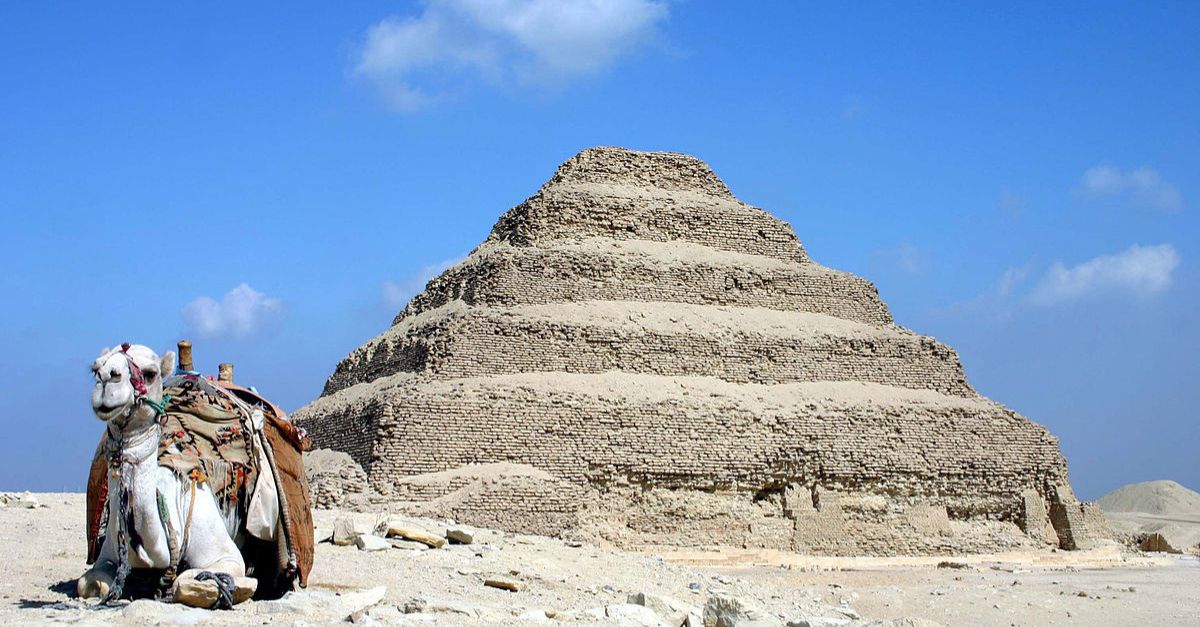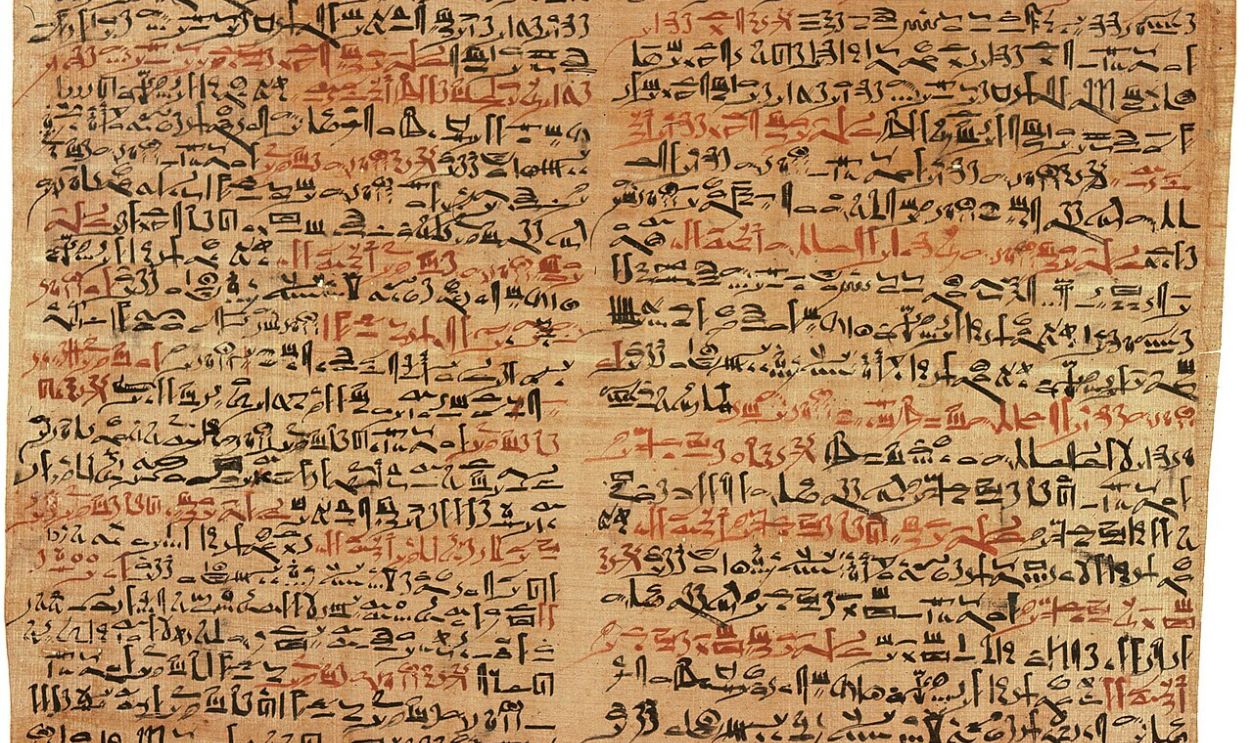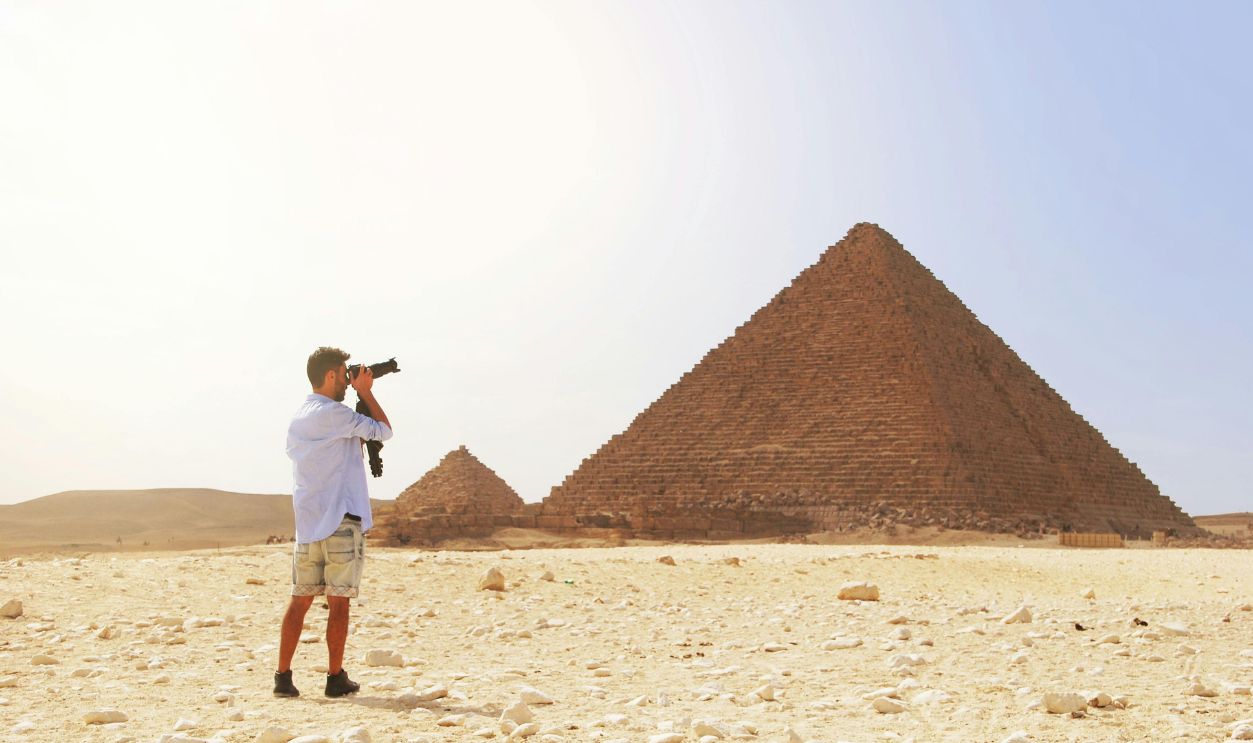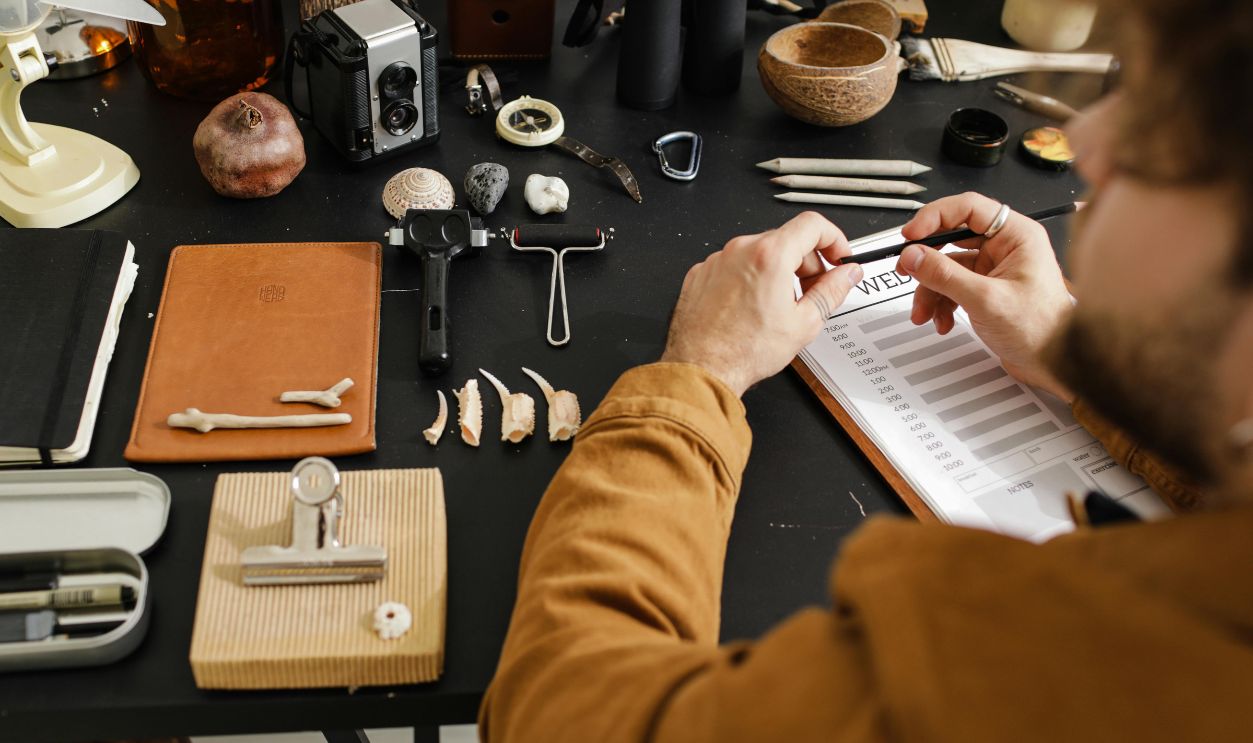What Does An Ancient Discovery Tell Us About A Man Trusted By Ancient Egyptian Kings?
In ancient Egypt, physicians were healers, priests, pharmacists, and anatomists, pioneering medical practices that shaped the future of healthcare. So, what does a recent discovery tell us about them?
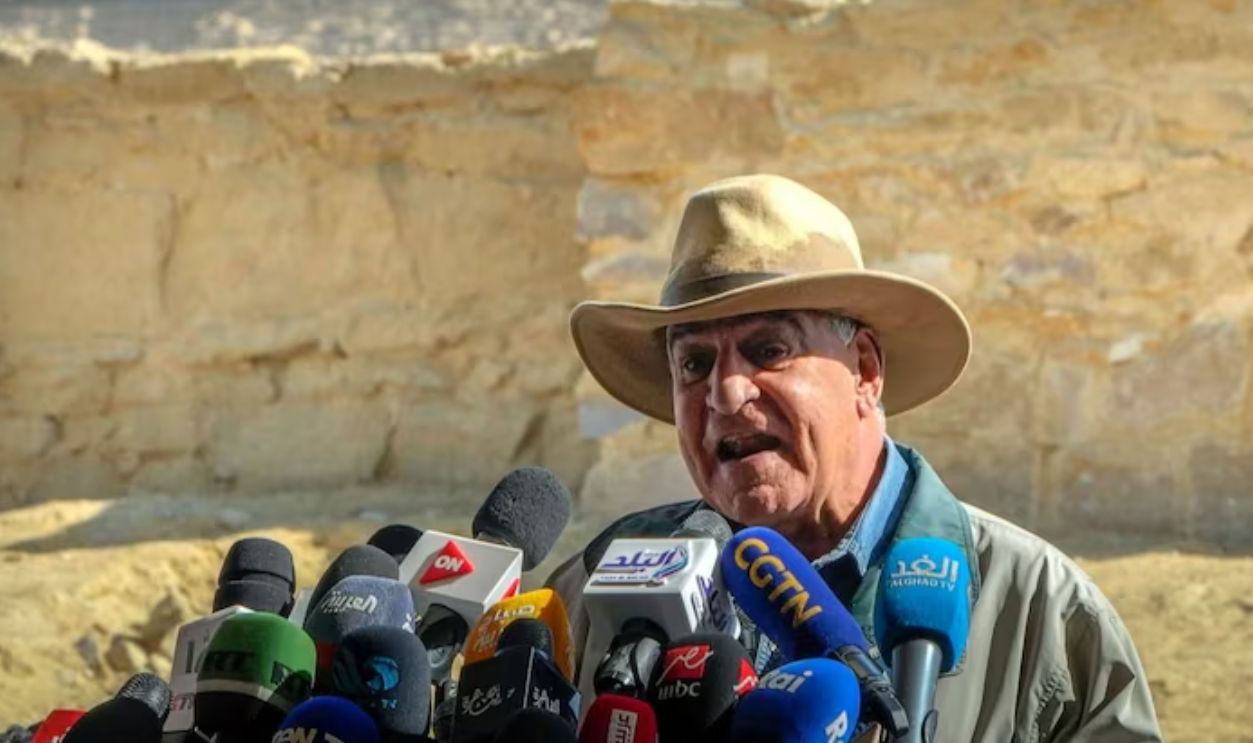
Ancient Egyptians And Medicine
People always admire the structures built by Ancient Egyptians. But recent discoveries have revealed that Ancient Egyptians have also excelled in medical practices, where they combined practical treatments with spiritual rituals in a holistic approach.
The Role Of Physicians
Physicians have always held esteemed positions in society. They often served the pharaohs and were involved in medical and religious practices as they were considered messengers of divine intervention. Many temples depict physicians and medical practices, which shows their importance to the culture.
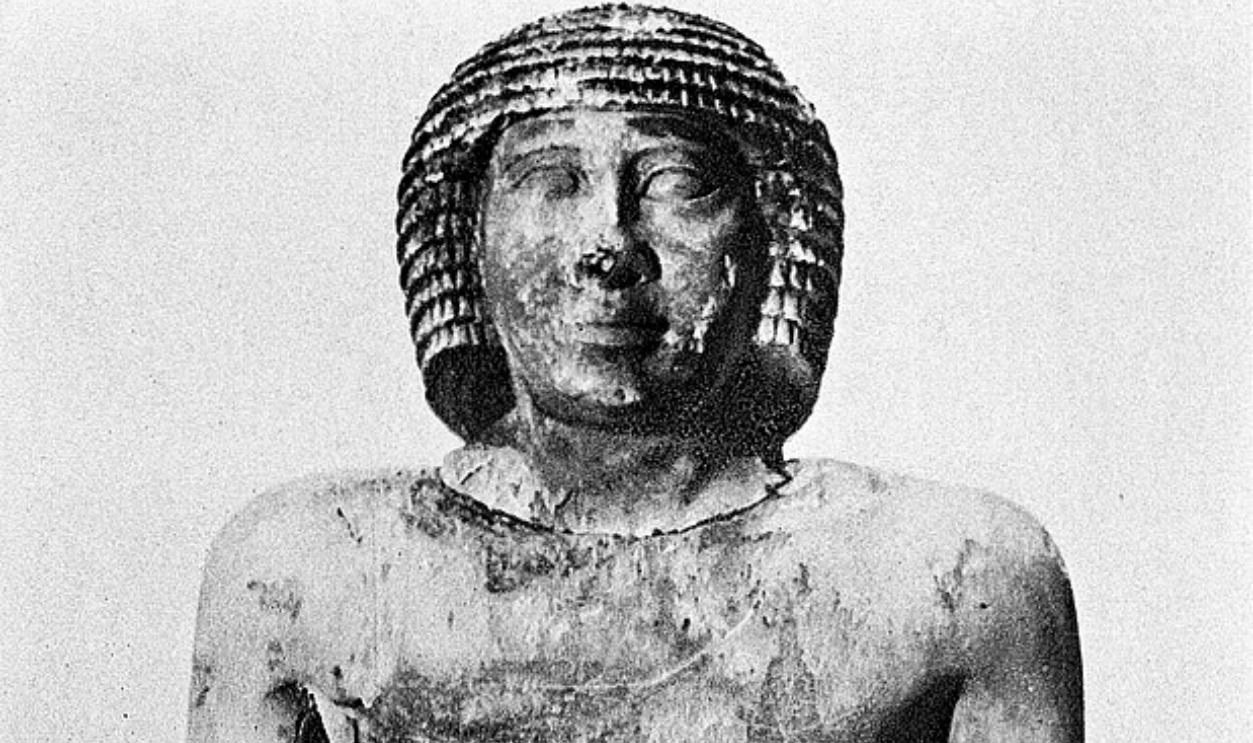 Unknown Author, CC BY 4.0, Wikimedia Commons
Unknown Author, CC BY 4.0, Wikimedia Commons
Medical Training And Education
Students studied medical papyri detailing diseases, treatments, and surgical techniques. They learned through apprenticeships under experienced physicians, gaining practical knowledge that allowed them to specialize in fields like dentistry, surgery, or midwifery, according to Medical News Today.
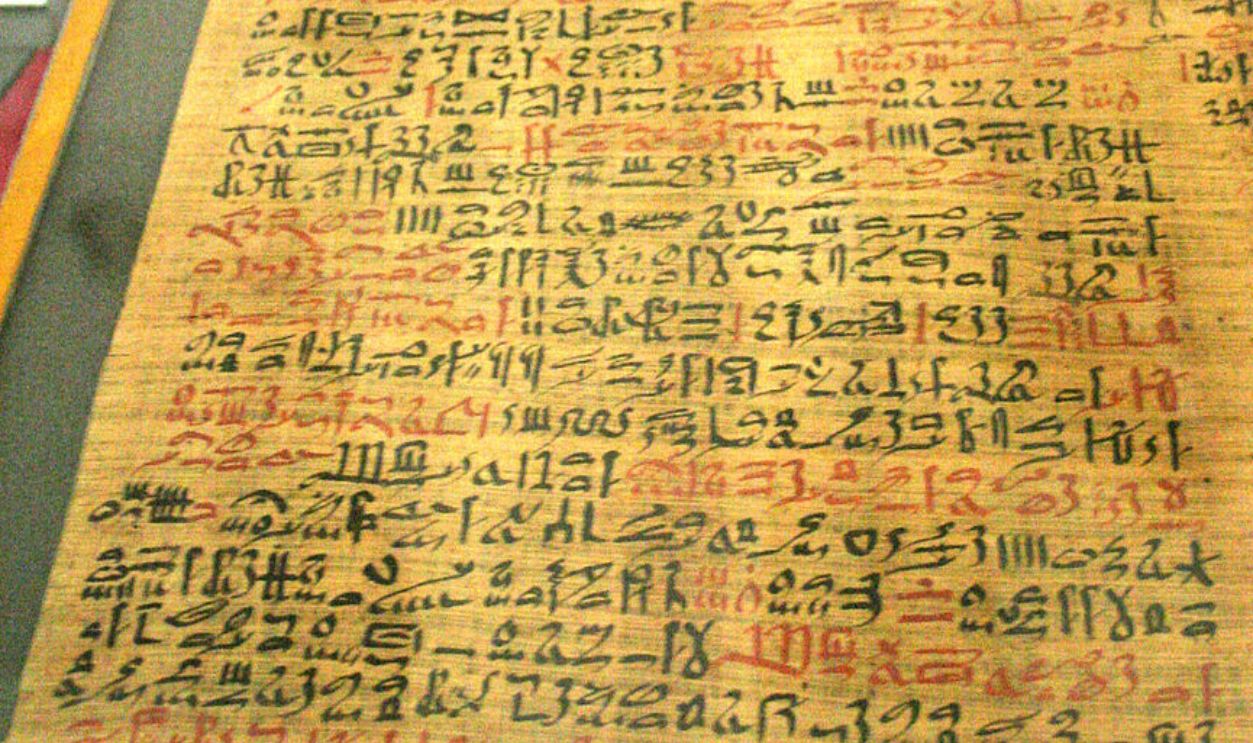 Einsamer Schutze, Photohound, CC BY-SA 3.0, Wikimedia Commons
Einsamer Schutze, Photohound, CC BY-SA 3.0, Wikimedia Commons
Notable Ancient Egyptian Physicians
Figures like Imhotep and Hesy-Ra are known for their contributions to Ancient Egyptian culture. Imhotep, who served under Pharaoh Djoser, is often considered the first physician in history. On the other hand, Hesy-Ra, titled Chief of Dentists and Physicians, practiced during the 27th century BCE.
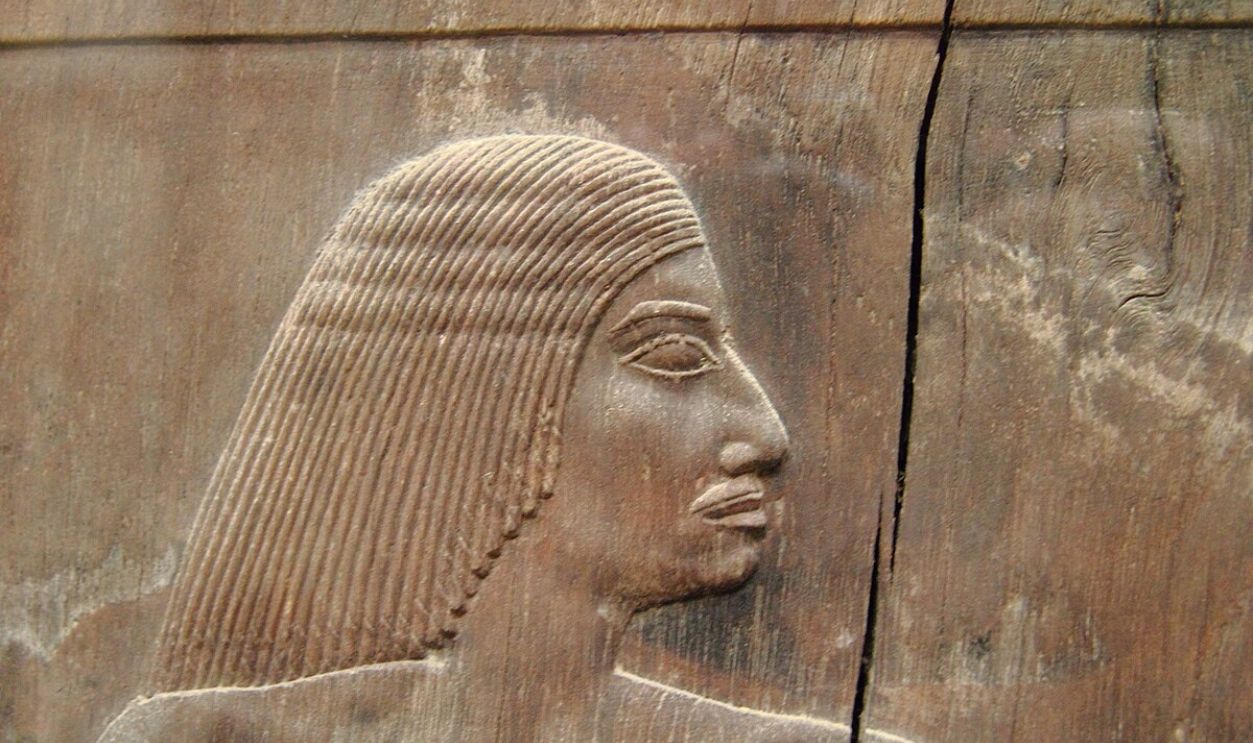 Djehouty, CC BY-SA 4.0, Wikimedia Commons
Djehouty, CC BY-SA 4.0, Wikimedia Commons
Advanced Medical Specializations
Ancient Egyptian medicine was highly specialized. Practitioners focused on specific fields such as dentistry, ophthalmology, and even surgery. This specialization allowed for more advanced and targeted treatments that are considered innovative even by today's measures.
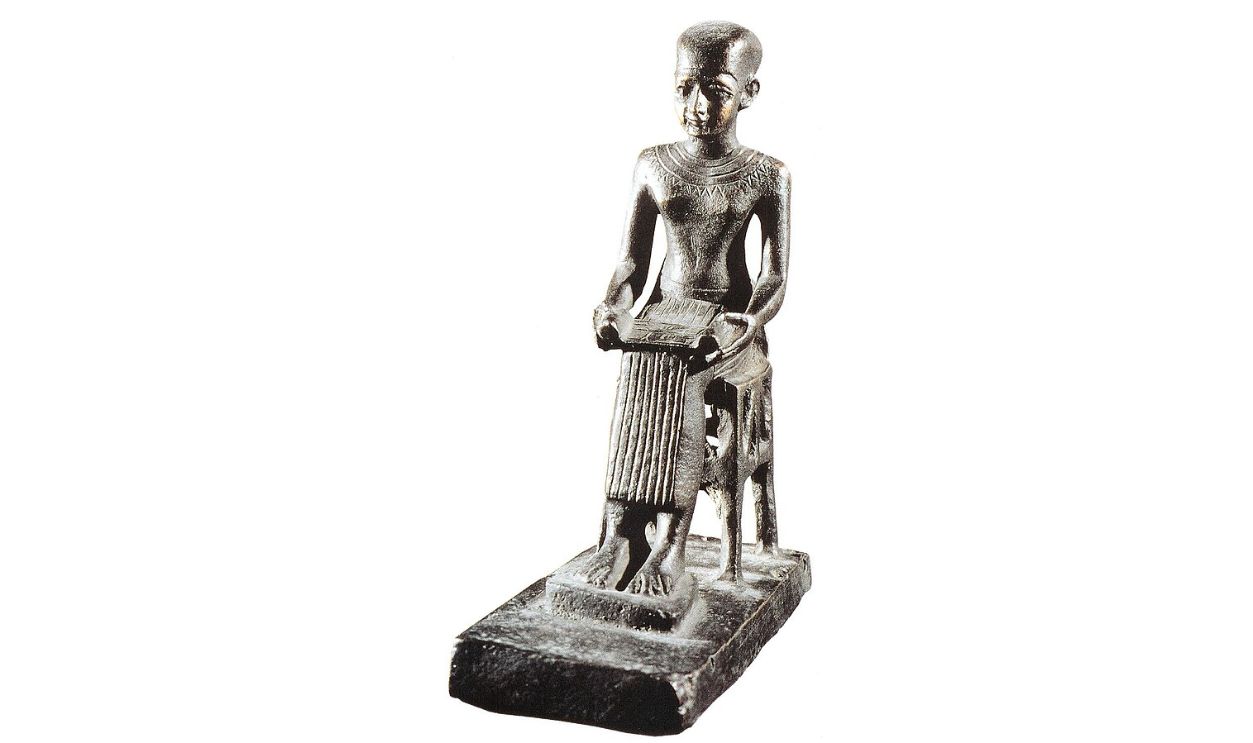 Collegestudent1980, Wikimedia Commons
Collegestudent1980, Wikimedia Commons
Listed In Medical Texts And Sacred Papyri
The Egyptians kept their medical knowledge preserved in several papri that were considered sacred. The Edwin Smith Papyrus, for example, is a surgical text that discusses various injuries and their treatments. These documents highlight the Egyptians' systematic approach to medicine.
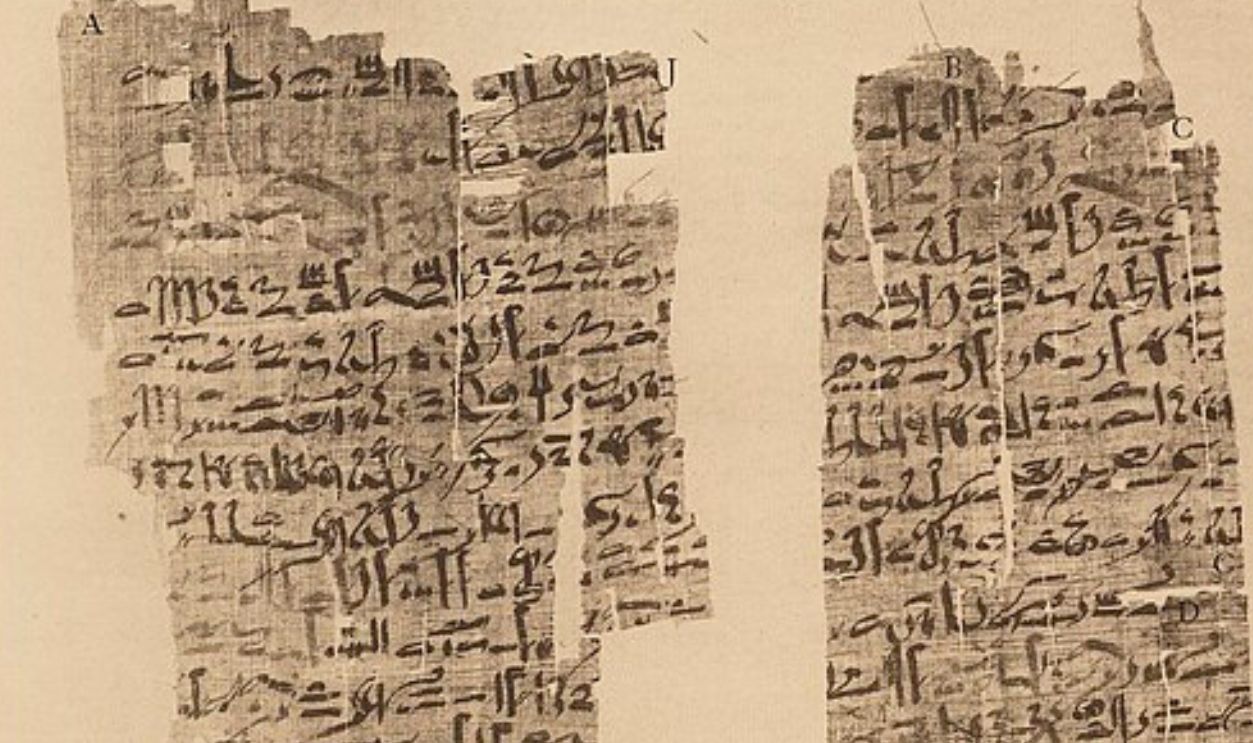 Unknown Author, CC BY 4.0, Wikimedia Commons
Unknown Author, CC BY 4.0, Wikimedia Commons
With Surgical Practices And Instruments
As per the National Library of Medicine, Ancient Egyptian surgeons employed a variety of tools, including knives, drills, saws, forceps, and hooks, as evidenced by artifacts from the Kom Ombo Temple. These instruments suggest they performed procedures like draining abscesses and excising tumors.
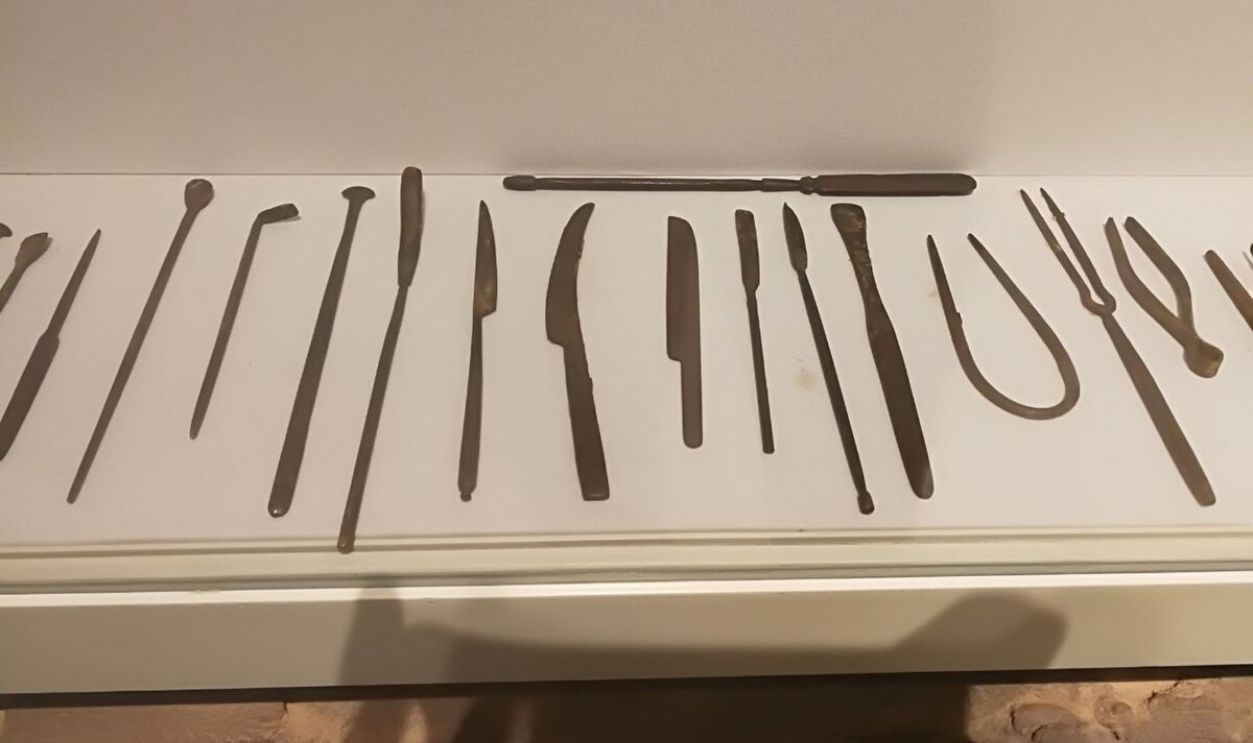 Ashashyou, CC BY-SA 4.0, Wikimedia Commons
Ashashyou, CC BY-SA 4.0, Wikimedia Commons
And Medicinal Plants
The Ebers Papyrus lists numerous plants used for healing, such as cumin, frankincense, fennel, cassia, and thyme according to Iseum Sanctuary. Dating back to 1550 BC, it suggests that herbs were boiled or brewed into drinks to alleviate the symptoms of various diseases.
 Donovan Govan., CC BY-SA 3.0, Wikimedia Commons
Donovan Govan., CC BY-SA 3.0, Wikimedia Commons
With The Help Of Magic
Since, in the past, people believed that diseases were caused by evil spirits, it was normal for physicians to combine their treatments with spiritual beliefs. Their herbal remedies and prayers were meant to summon divine intervention to provide a cure.
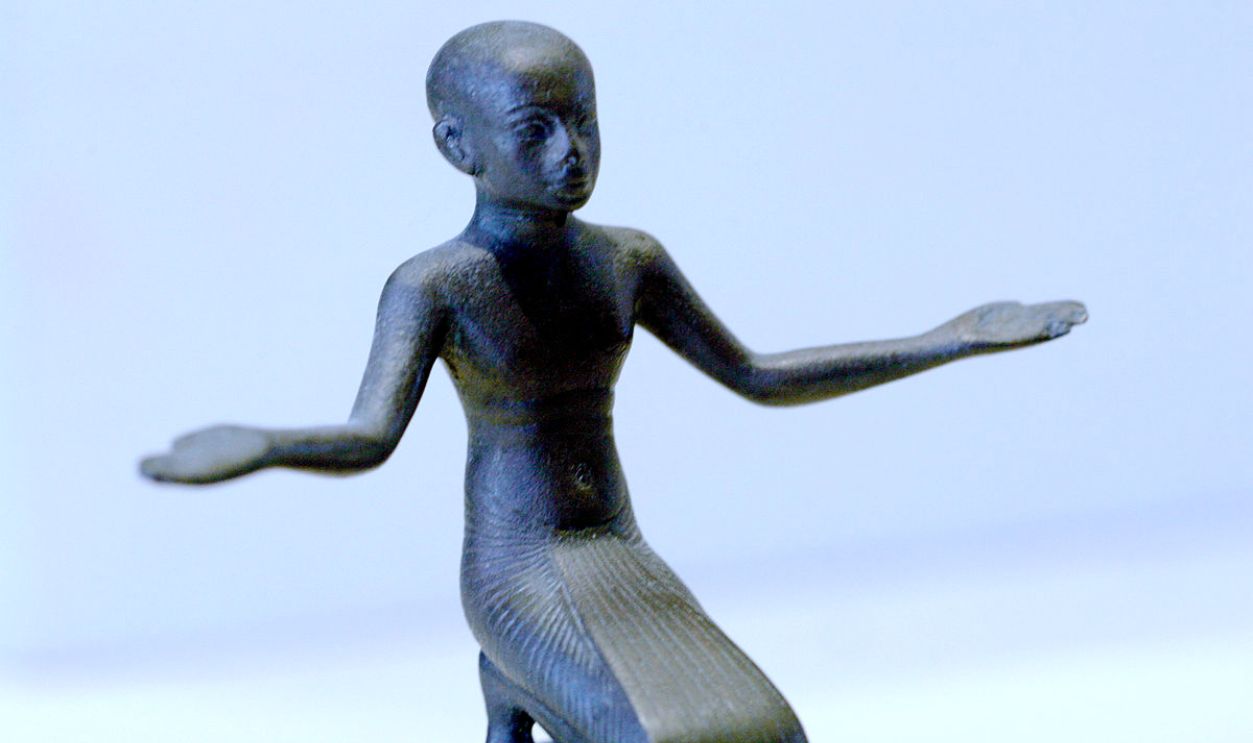 Rama, CC BY-SA 3.0 FR, Wikimedia Commons
Rama, CC BY-SA 3.0 FR, Wikimedia Commons
In A Mysterious Combination
Although Ancient Egyptians were very advanced when it came to medical procedures, they still believed that diseases could be cured by the power of the divine. As a result, healing incantations were often inscribed on papyrus or recited during procedures.
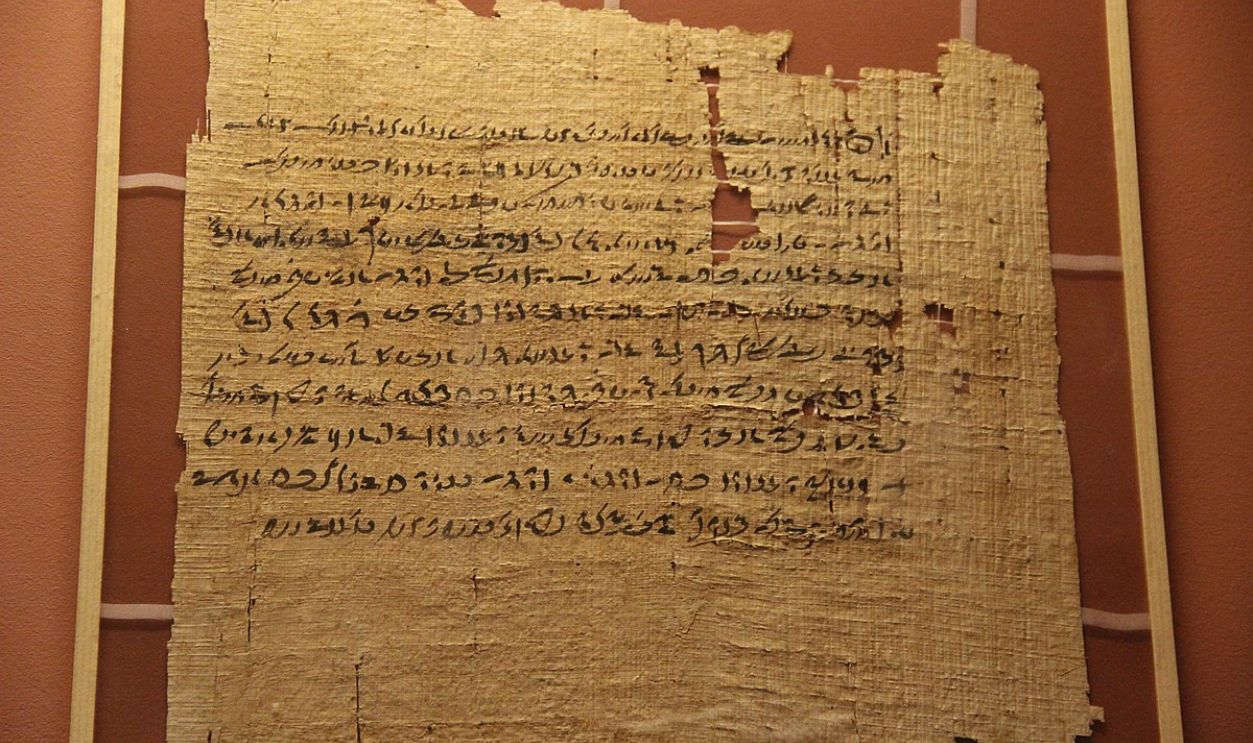 Gary Todd from Xinzheng, China, CC0, Wikimedia Commons
Gary Todd from Xinzheng, China, CC0, Wikimedia Commons
Asking Gods For Help
Serket, the Egyptian goddess of healing and protection, was closely associated with treating venomous bites and stings. Physicians invoked her name during treatments, believing her divine influence could counteract poisons. Her depictions often show her with a scorpion atop her head.
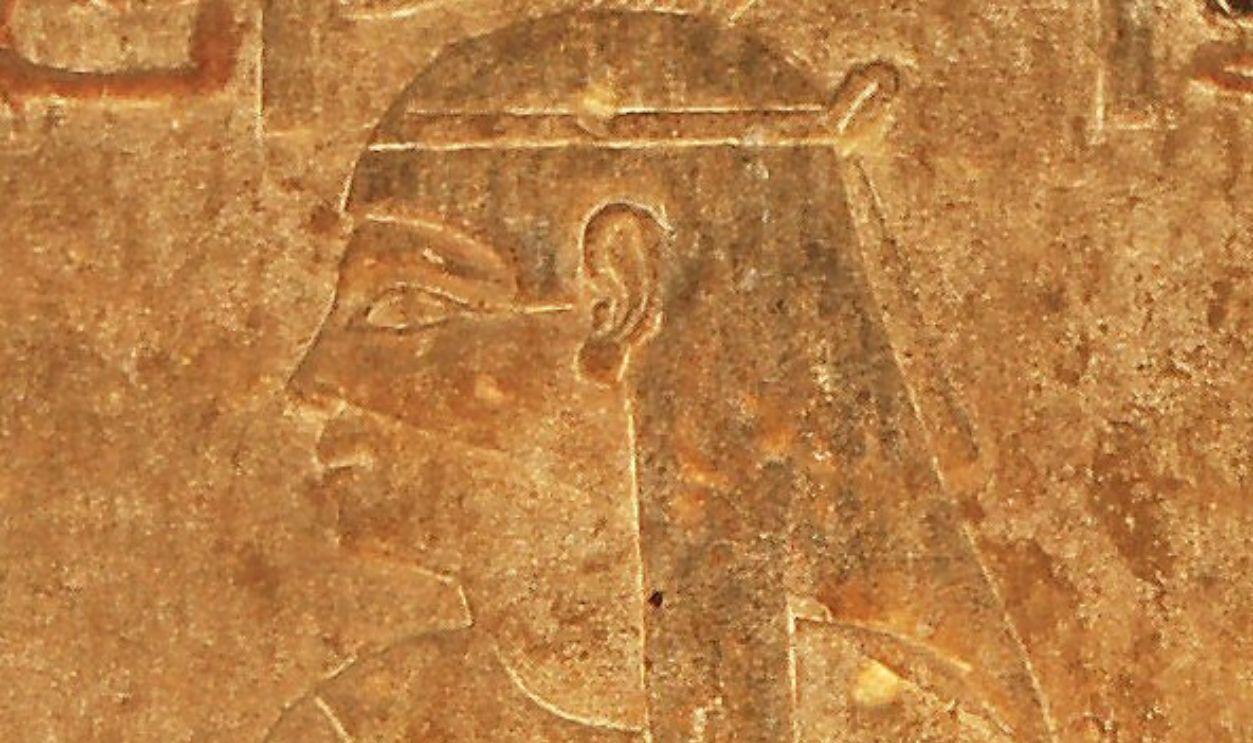 User:MatthiasKabel, CC BY-SA 3.0, Wikimedia Commons
User:MatthiasKabel, CC BY-SA 3.0, Wikimedia Commons
Using Amulets In Healing
Amulets played a crucial role in Egyptian healing practices, symbolizing divine protection. Popular amulets included the Eye of Horus for health and the scarab beetle for rebirth. These objects were worn or placed near the sick to ward off illness and enhance recovery.
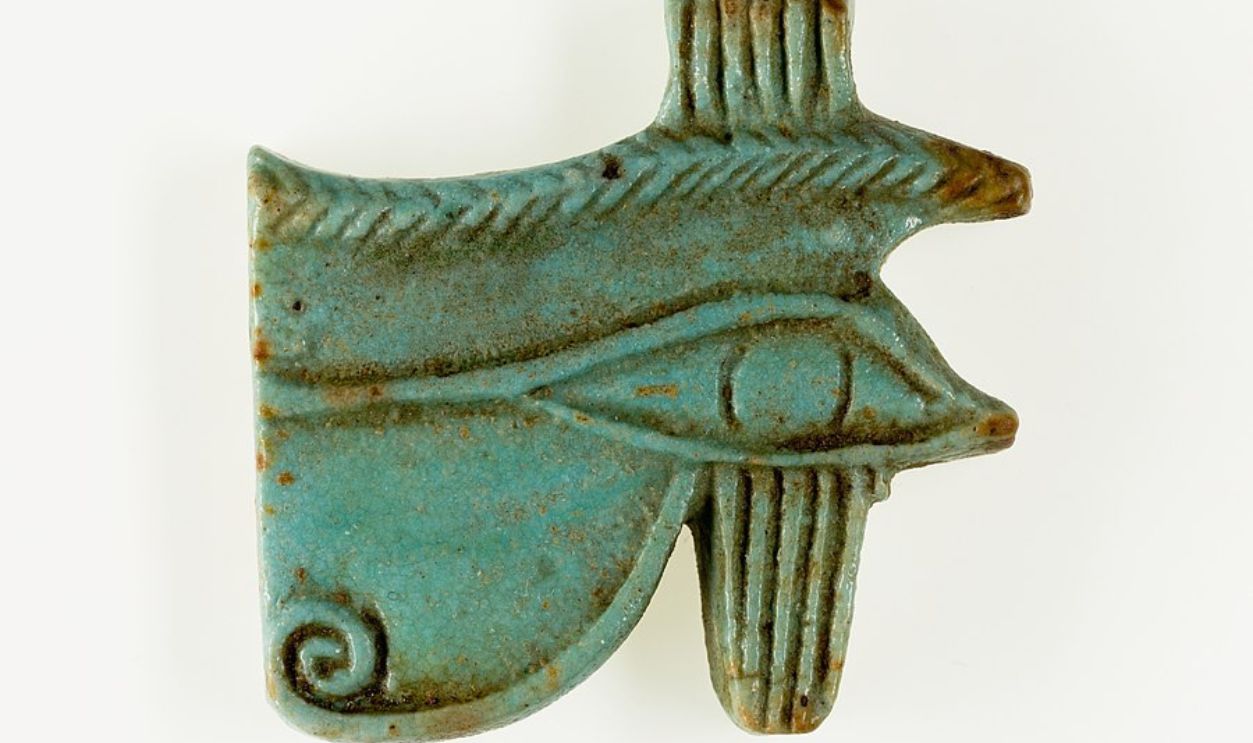 Metropolitan Museum of Art, CC0, Wikimedia Commons
Metropolitan Museum of Art, CC0, Wikimedia Commons
They Also Relied On Dreams
Egyptian physicians sometimes interpreted dreams or used divination to diagnose illnesses, believing that the gods communicated health warnings through visions. Priests and healers conducted rituals to decipher these messages, integrating spiritual insight with physical examinations.
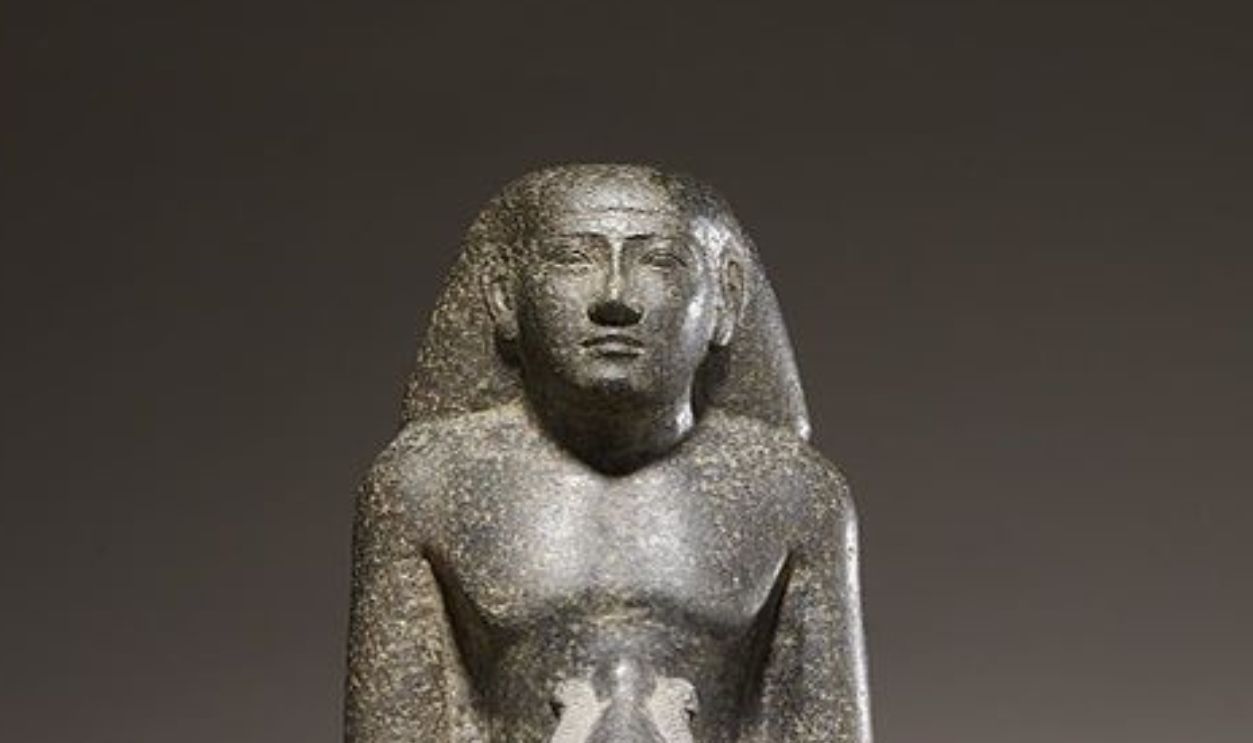 Walters Art Museum, Wikimedia Commons
Walters Art Museum, Wikimedia Commons
And Used Psychedelic Substances
According to Wired, recent research suggests that ancient Egyptians may have used psychedelic substances like blue lotus and mandrake in religious and healing ceremonies. These plants were believed to induce altered states of consciousness, potentially aiding in spiritual healing, pain relief, and communication with deities.
 Museum de Toulouse, CC BY-SA 4.0, Wikimedia Commons
Museum de Toulouse, CC BY-SA 4.0, Wikimedia Commons
Egyptians Wrote A Medical Encyclopedia
Dating back to around 1550 BCE, the Ebers Papyrus is one of the most detailed medical documents from ancient Egypt. It contains over 700 remedies for ailments ranging from stomach issues to skin diseases. The text also describes surgical procedures and magical treatments, which reflect the dual nature of Egyptian medicine.
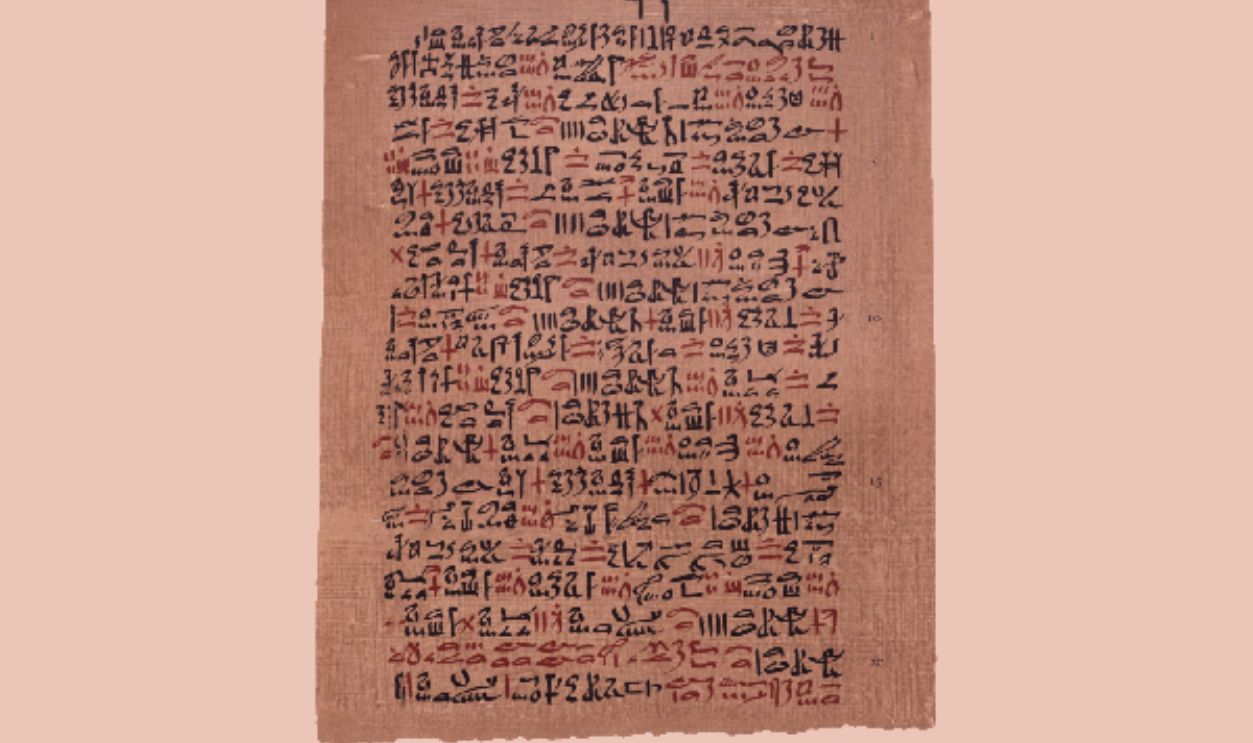 Unknown Author, Wikimedia Commons
Unknown Author, Wikimedia Commons
With Insights Into Ancient Surgery
The Edwin Smith Papyrus, written around 1600 BCE, is another, and it's considered one of the earliest known surgical manuals. It details treatments for head and spinal injuries with an advanced understanding of anatomy. Unlike other Egyptian medical texts, it relies more on observation and logical diagnoses rather than magic.
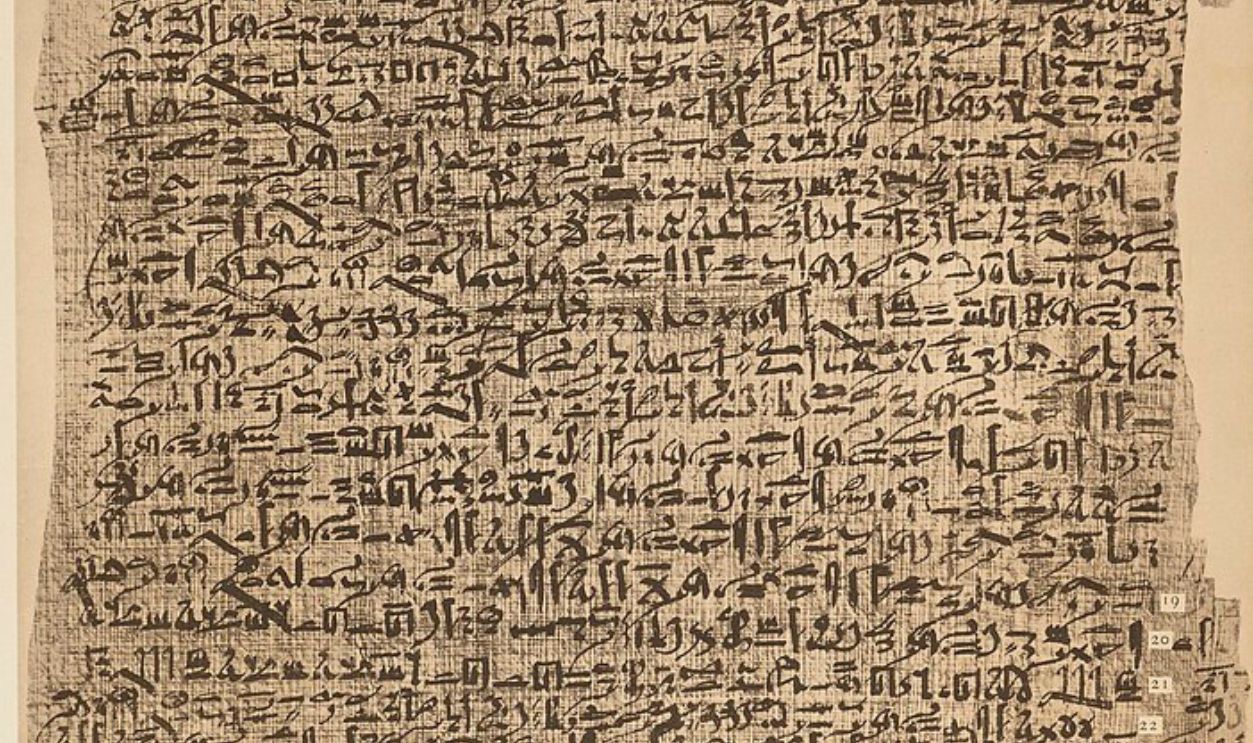 Unknown Author, CC BY 4.0, Wikimedia Commons
Unknown Author, CC BY 4.0, Wikimedia Commons
Description Of Treatments
Medical texts, such as the Ebers Papyrus, detail treatments using honey, aloe, myrrh, and opium for various ailments. Physicians combined these natural substances with minerals and animal products to create balms, poultices, and tonics for healing.
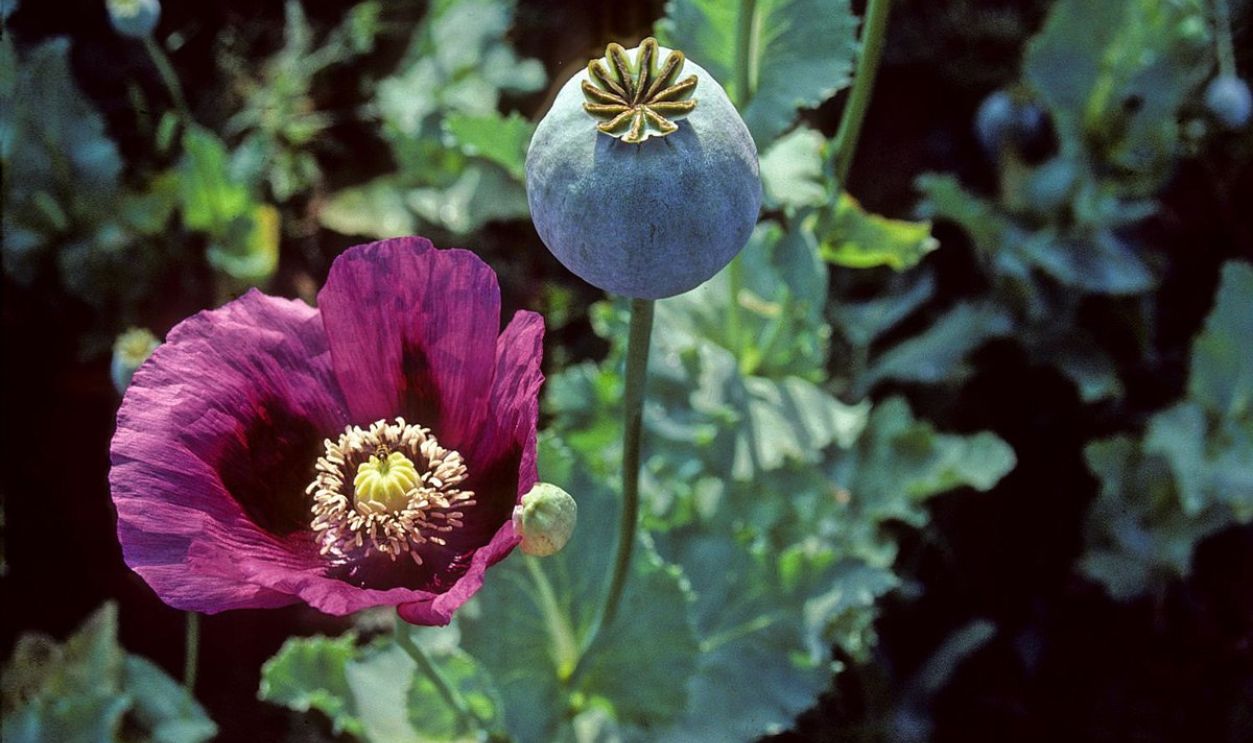 Marknesbitt, Wikimedia Commons
Marknesbitt, Wikimedia Commons
They Mastered Dental Practices
Dental issues were common in ancient Egypt due to a diet rich in coarse grains that caused tooth wear. Evidence suggests that early dentists attempted procedures such as tooth drilling and splinting loose teeth with gold wire. Some mummies even show signs of rudimentary dental prosthetics.
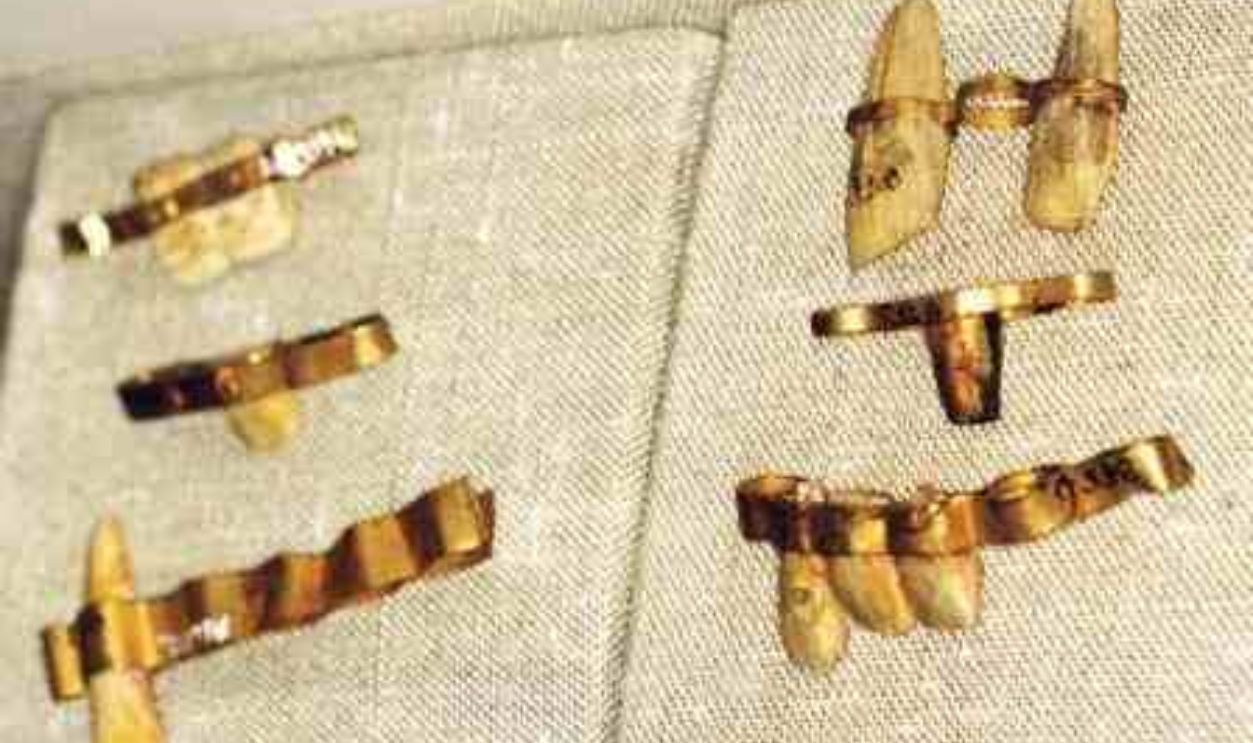 Unknown Author, Wikimedia Commons
Unknown Author, Wikimedia Commons
And Studied Women's Health
Ancient Egyptian medical texts addressed various aspects of women's health, from fertility treatments to pregnancy tests. Papyrus records describe contraceptive methods, such as mixtures of acacia gum and honey, as well as pregnancy tests using barley and wheat.
 kallerna, CC BY-SA 4.0, Wikimedia Commons
kallerna, CC BY-SA 4.0, Wikimedia Commons
They Used Honey And Pomegranates
Honey was a key ingredient in ancient Egyptian medicine due to its antibacterial properties. It was used in wound dressings to prevent infections. Pomegranates, valued for their astringent qualities, were used to treat digestive issues and even as a remedy for parasites.
And Tried Treating Diabetes And Cancer
But that's not all. Ancient Egyptian physicians also recognized symptoms resembling diabetes and cancer, though they lacked a modern understanding of these diseases. They treated excessive thirst—now linked to diabetes—with dietary changes, while tumors were sometimes surgically removed or treated with cauterization.
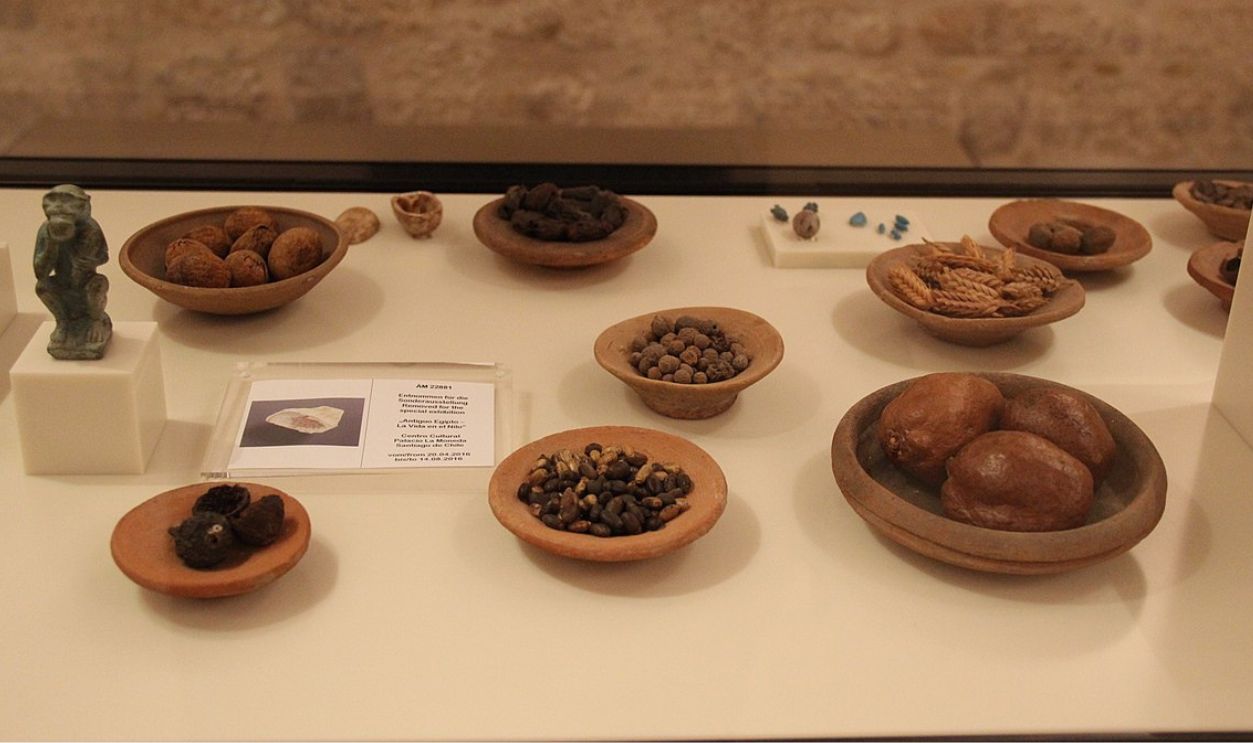 Gary Todd from Xinzheng, China, CC0, Wikimedia Commons
Gary Todd from Xinzheng, China, CC0, Wikimedia Commons
While Studying The Impact Of Climate And Geography
The Nile's annual flooding ensured fertile lands but also contributed to diseases like schistosomiasis from contaminated water. The dry climate helped preserve mummies, offering modern researchers insights into ancient health conditions. Moreover, the availability of specific plants influenced the development of herbal medicine.
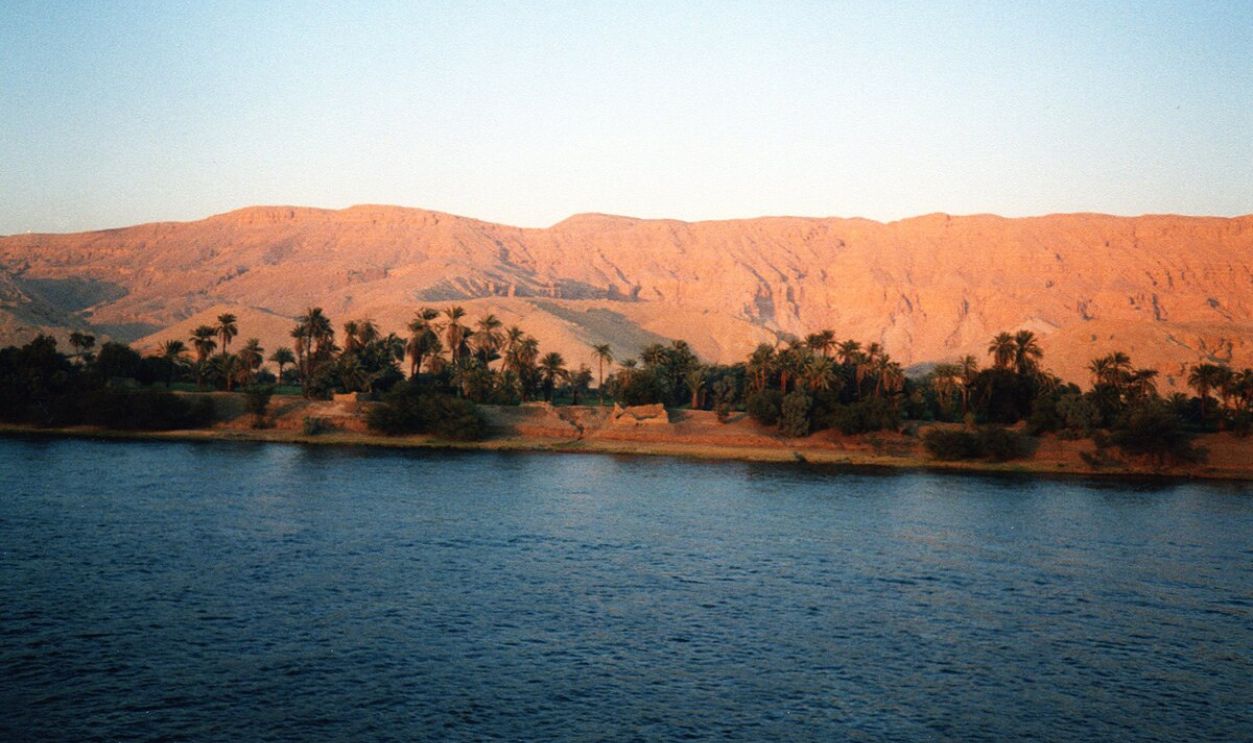 Alchemica, CC BY-SA 3.0, Wikimedia Commons
Alchemica, CC BY-SA 3.0, Wikimedia Commons
Recent Discoveries In Saqqara Necropolis
Knowing all of those processes, archaeologists have recently unearthed a 4,100-year-old tomb in Saqqara belonging to Tetinebefou, a royal physician. Despite past looting, the tomb's vibrant paintings and hieroglyphics provide valuable insights into ancient Egyptian burial customs.
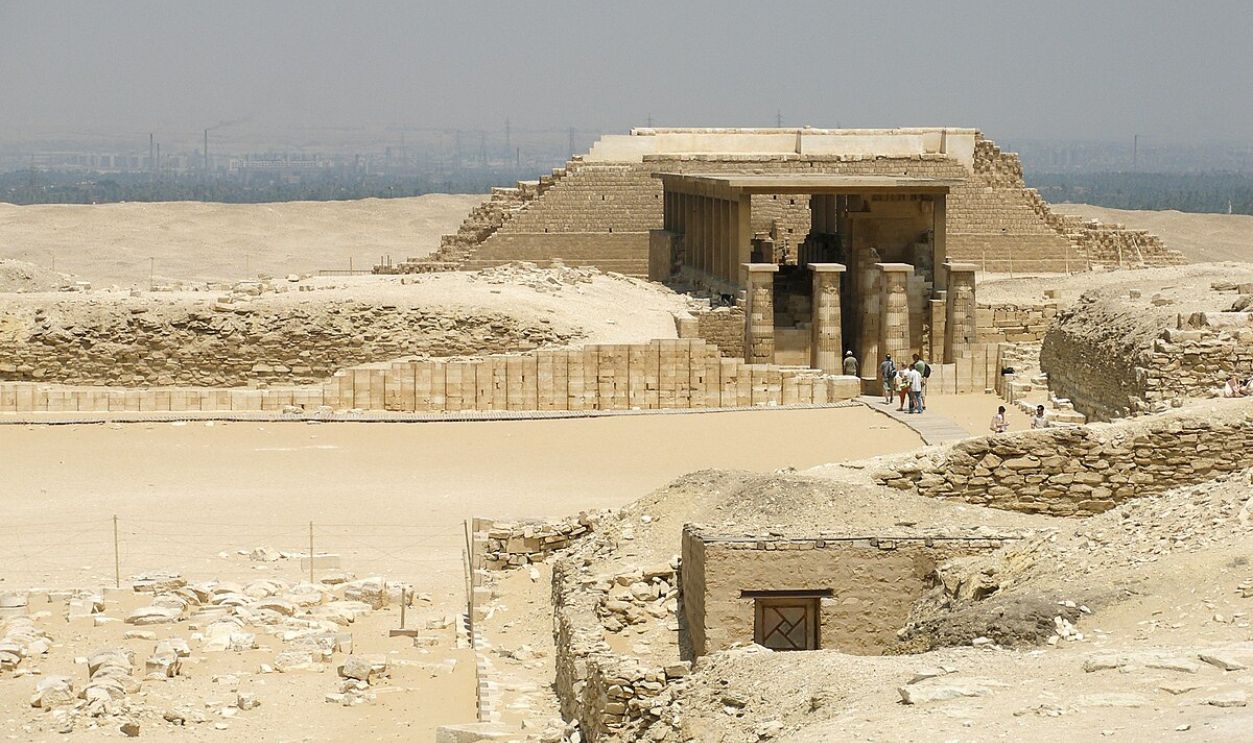 © Vyacheslav Argenberg, CC BY 4.0, Wikimedia Commons
© Vyacheslav Argenberg, CC BY 4.0, Wikimedia Commons
The Amazing Tomb
The discovery of Tetinebefou's tomb in Saqqara is significant. Despite being thousands of years old, the tomb's status indicates that it belonged to a highly respected man. So, who was he? And what do we know about him?
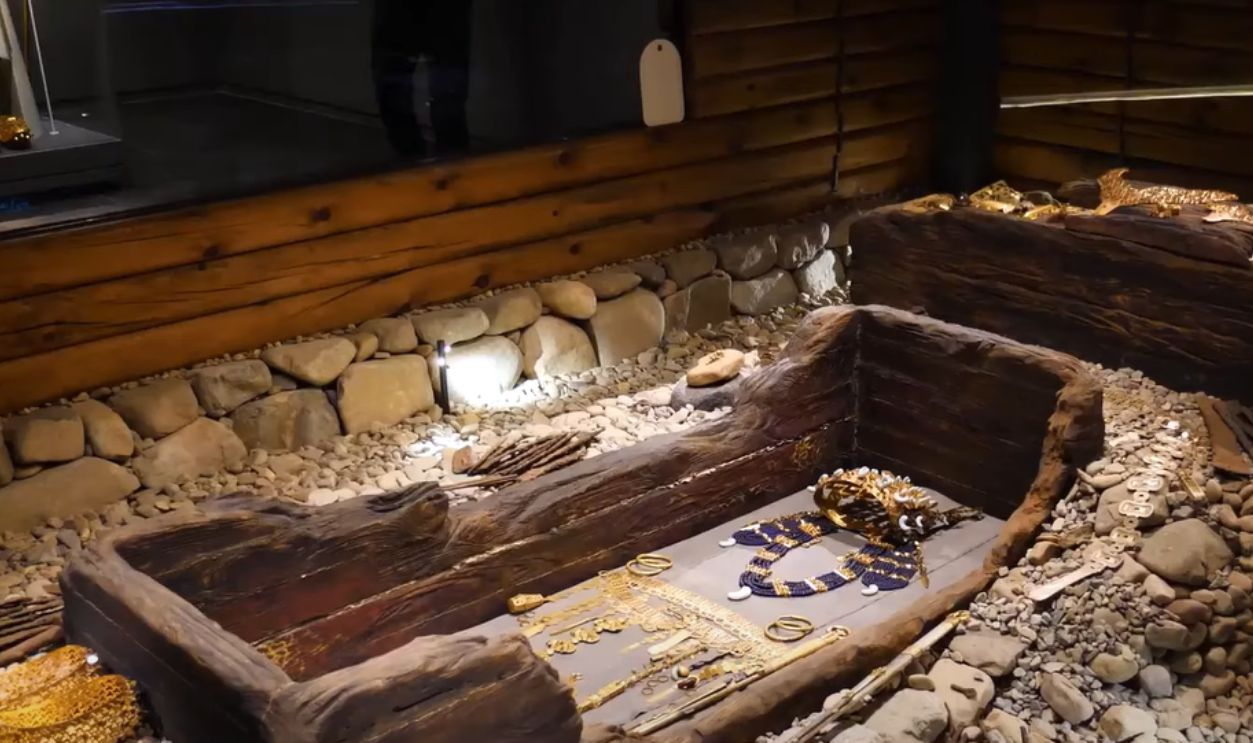 Ancient Physician Found in a 4,100-year-old Egyptian Tomb by SOHAROS Geo Channel
Ancient Physician Found in a 4,100-year-old Egyptian Tomb by SOHAROS Geo Channel
That Belonged To An Unusual Man
Analyzing the hieroglyphics revealed that Tetinebefou was not an ordinary man. He was the conjurer of the goddess Serket. He was also the chief palace physician who probably trained other physicians. Moreover, he was the chief dentist, priest, and director of medicinal plants.
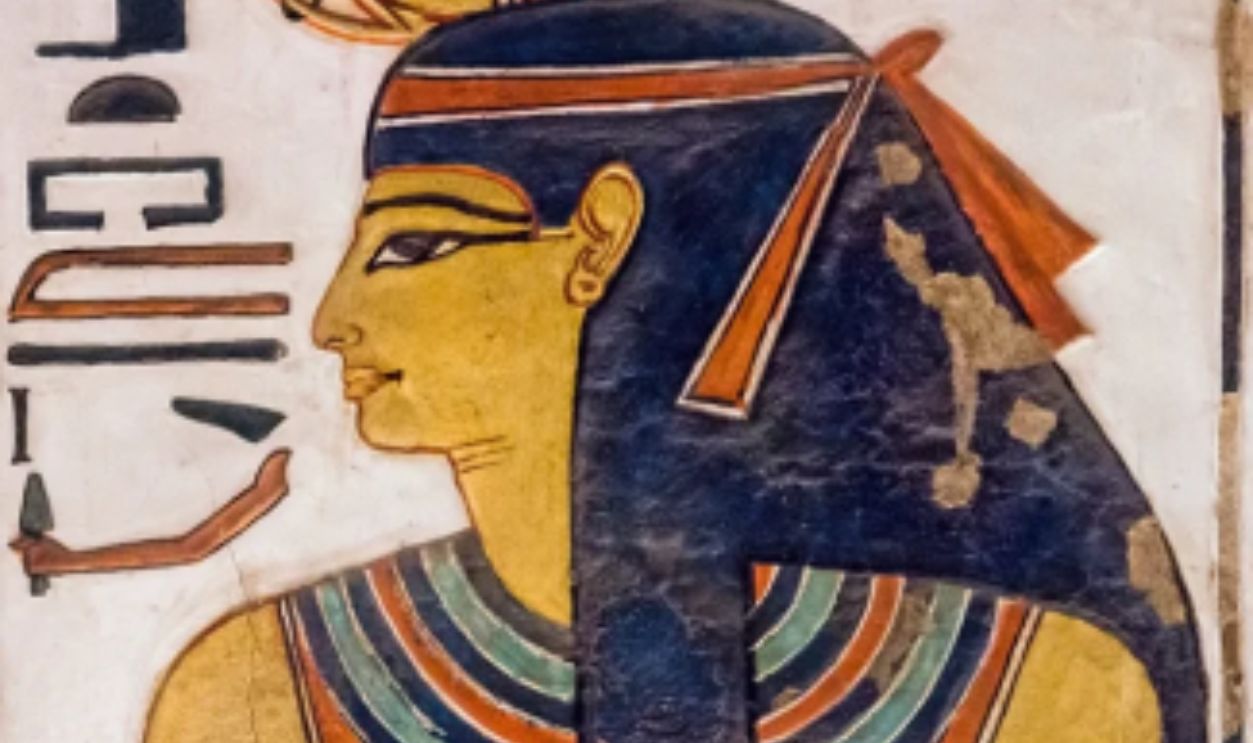 The Tomb of Nefetari, CC BY-SA 4.0, Wikimedia Commons
The Tomb of Nefetari, CC BY-SA 4.0, Wikimedia Commons
Who Lived Thousands Of Years Ago
A Live Science report showed that Tetinebefou may have served Pepi II, who reigned from about 2246 to 2152 BC. Since the tomb showed several containers and links to Serket, it's highly suggested that this physician specialized in treating venomous stings and bites.
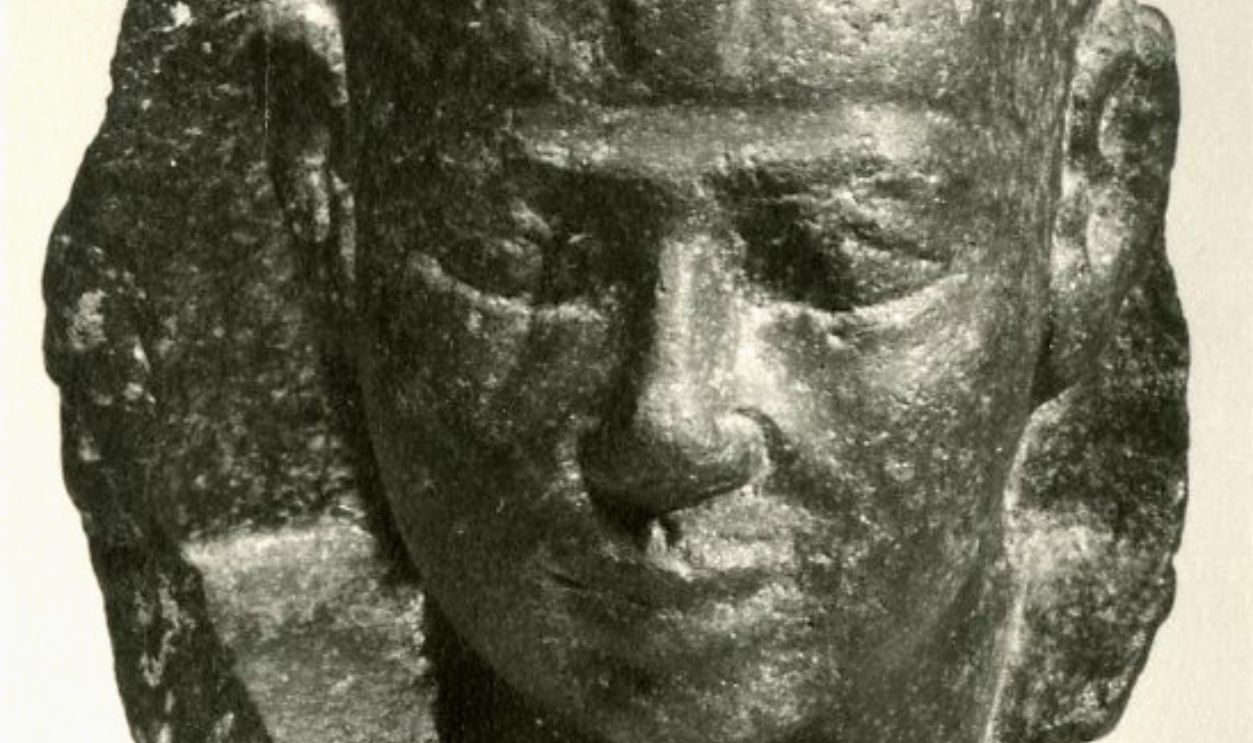 Metropolitan Museum of Art, New York, CC0, Wikimedia Commons
Metropolitan Museum of Art, New York, CC0, Wikimedia Commons
He Was Trusted By The Pharaoh Himself
It was uncommon for Ancient Egyptians to bury commoners in well-preserved tombs. The condition of Tetinebefou's tomb and all the inscriptions suggest that this man was highly respected. He probably treated the Pharaoh himself, and this is why he was honored in life and death, just like royalty.
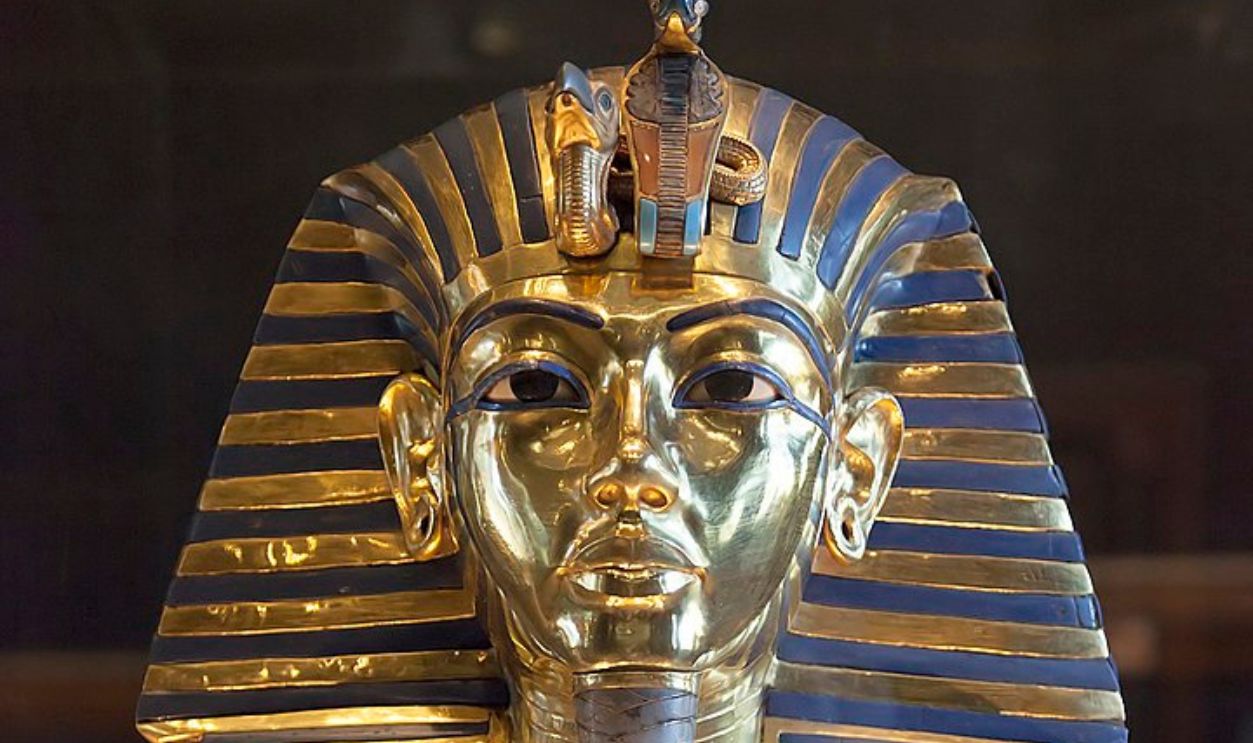 Roland Unger, CC BY-SA 3.0, Wikimedia Commons
Roland Unger, CC BY-SA 3.0, Wikimedia Commons
For Being One Of His Kind
It's uncommon for one man to hold that many titles. The "director of medicinal plants" was a title found in only one other tomb according to Philippe Collombert, an Egyptologist at the University of Geneva. Also, being accredited as the chief dentist was a bit rare.
 La Mission archeologique franco-suisse de Saqqara by ResEFE
La Mission archeologique franco-suisse de Saqqara by ResEFE
During Lifetime And Death
Many Egyptian physicians served in temples dedicated to gods like Sekhmet, the lion-headed deity of healing. Their knowledge was respected, and some even treated pharaohs, demonstrating their essential role in maintaining individual and societal well-being.
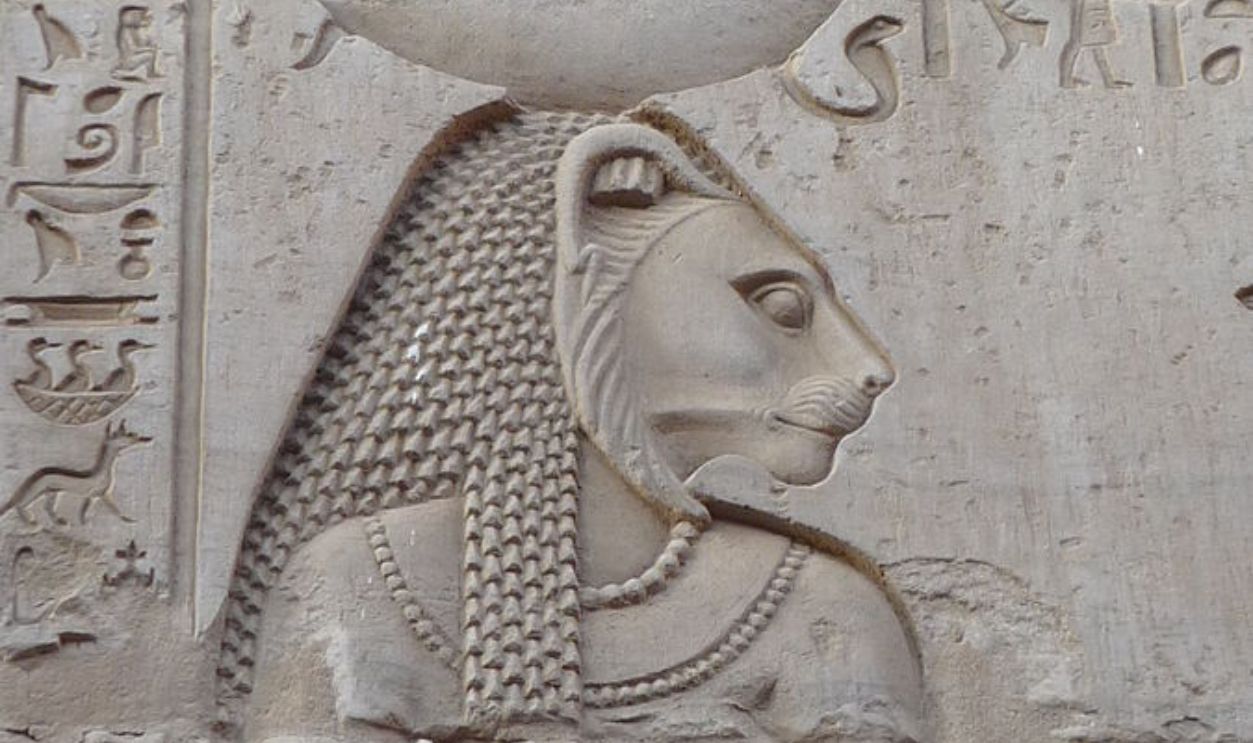 La Mission archeologique franco-suisse de Saqqara by ResEFE
La Mission archeologique franco-suisse de Saqqara by ResEFE
Many Artifacts Were Found
Archaeologists uncovered a well-preserved stone sarcophagus in Tetinebefou's tomb, along with canopic jars and ushabti figurines. These artifacts suggest the physician was highly regarded, as such objects were typically reserved for the elite and royalty.
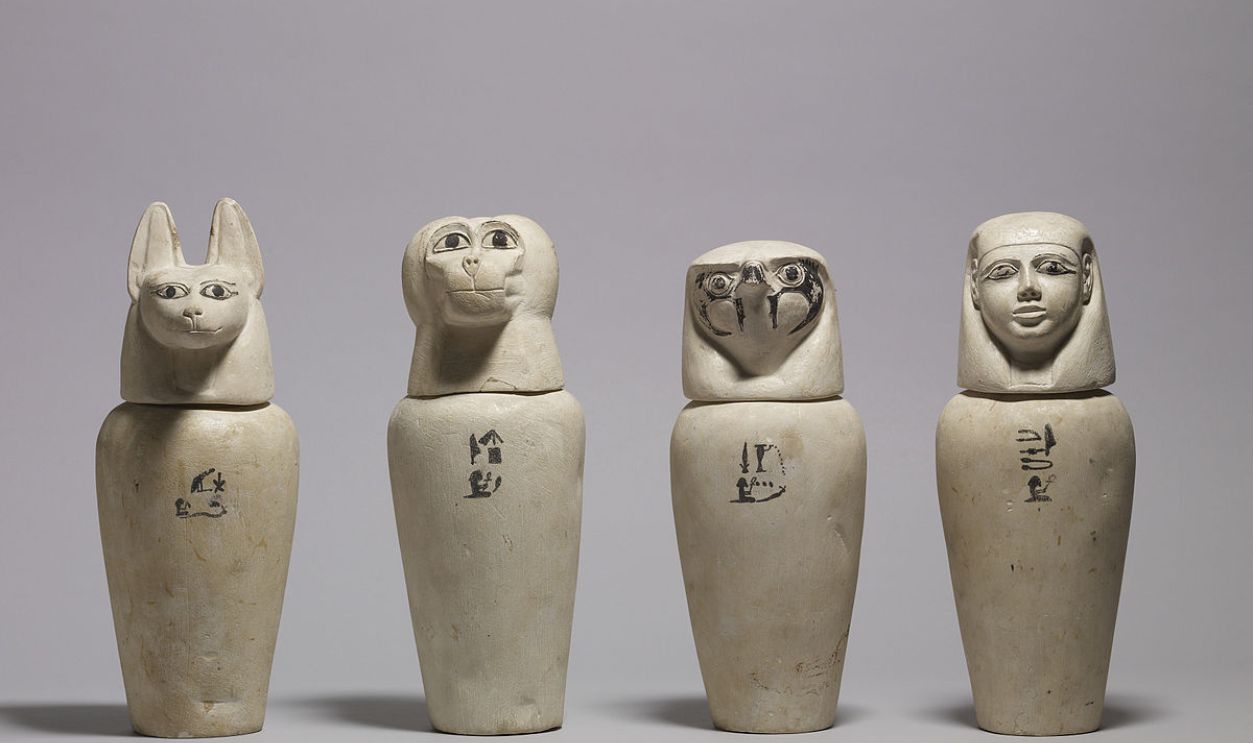 I, Remih, CC BY-SA 3.0, Wikimedia Commons
I, Remih, CC BY-SA 3.0, Wikimedia Commons
Despite Looting
However, the condition of the tomb suggests that it was probably looted in earlier periods. Finding an Ancient Egyptian site that wasn't discovered by thieves is highly unlikely. Nevertheless, the few artifacts that remain show the status of Tetinebefou.
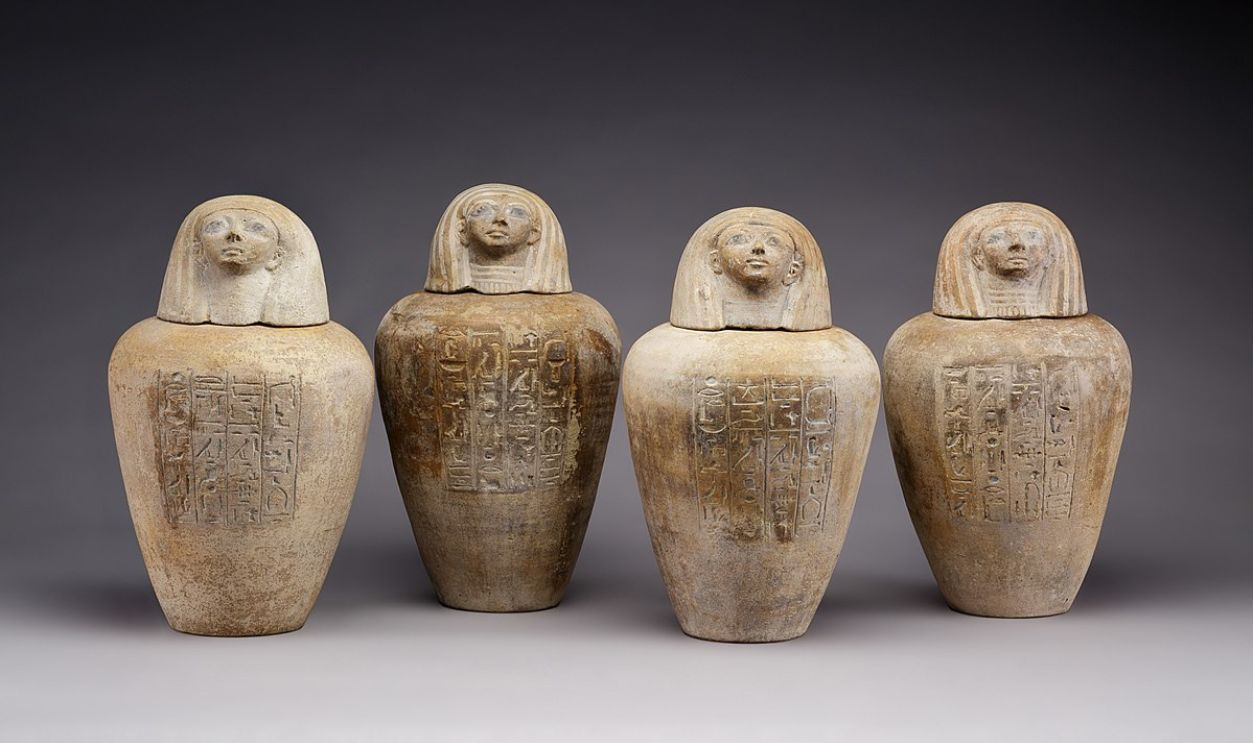 Metropolitan Museum of Art, CC0, Wikimedia Commons
Metropolitan Museum of Art, CC0, Wikimedia Commons
Linking Ancient Egyptian Medicine To Other Civilizations
While Mesopotamians relied heavily on supernatural explanations for disease, Egyptians documented treatments in medical papyri. Greek physicians, including Hippocrates, later built upon Egyptian knowledge, incorporating surgical techniques and herbal remedies into their own medical traditions.
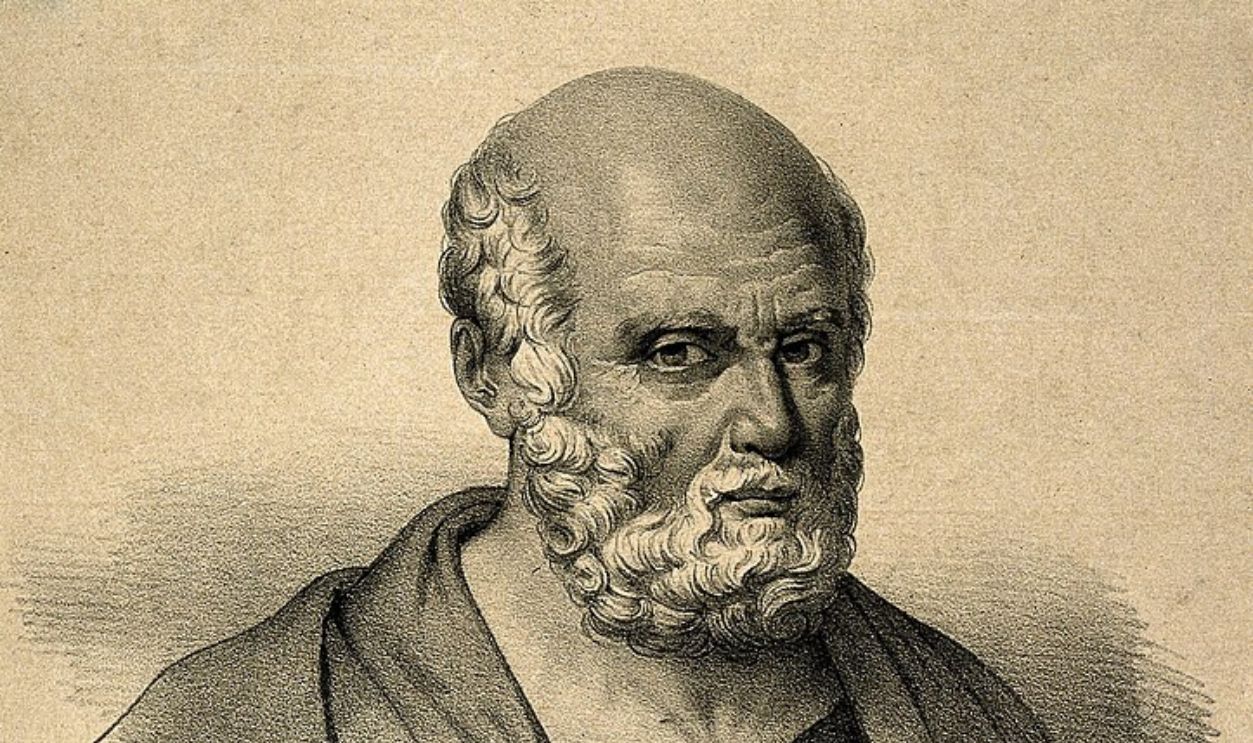 Unknown Author, CC BY 2.0, Wikimedia Commons
Unknown Author, CC BY 2.0, Wikimedia Commons
Which Were Highly Affected By Egyptian Practices
Figures like Hippocrates and Galen incorporated Egyptian medical knowledge, particularly in anatomy and herbal treatments. Egyptian physicians were even invited to practice in foreign courts and spread their techniques across the Mediterranean to shape the foundations of Western medicine.
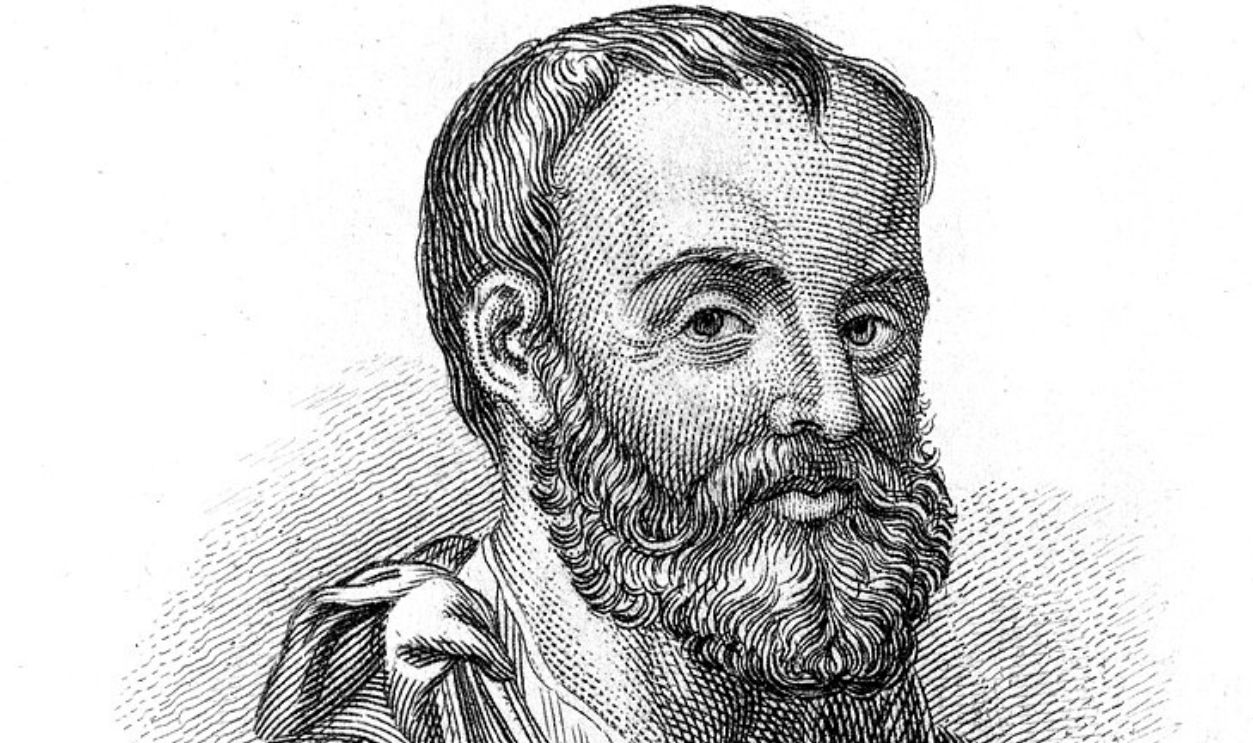 Unknown Author, CC BY 4.0, Wikimedia Commons
Unknown Author, CC BY 4.0, Wikimedia Commons
With Secrets Of The Preservation Techniques
Embalmers perfected preservation techniques, using natron salt to dehydrate the body and resin to seal it against decay. Recent CT scans of mummies reveal sophisticated methods, such as brain removal through the nose and linen-stuffed cavities to maintain lifelike appearances. These practices highlight Egyptians' deep understanding of human anatomy.
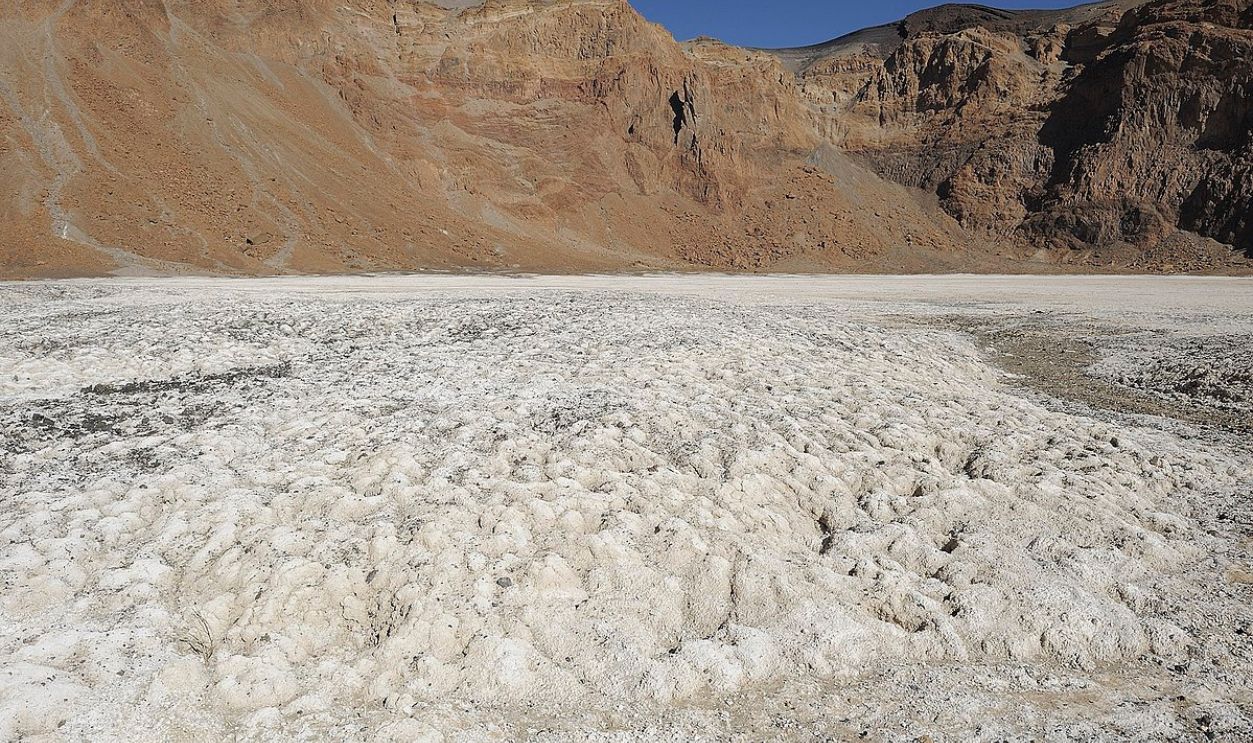 Stefan Thungen, Wikimedia Commons
Stefan Thungen, Wikimedia Commons
Discovered Thanks To Technological Advances
Ground-penetrating radar, 3D scanning, and DNA analysis allow researchers to study ancient remains without damaging them. Recent infrared imaging has even revealed hidden texts in Egyptian tombs to provide new insights into burial practices and daily life.
 Minea Petratos, CC BY-SA 3.0, Wikimedia Commons
Minea Petratos, CC BY-SA 3.0, Wikimedia Commons
The Significance Of Saqqara
Saqqara has been a treasure trove of discoveries, including the Step Pyramid of Djoser, the oldest known pyramid. This vast necropolis served as a burial ground for royalty and high-ranking officials for centuries. Recent discoveries, such as the tomb of Tetinebefou, help reshape our understanding of ancient Egyptian civilization.
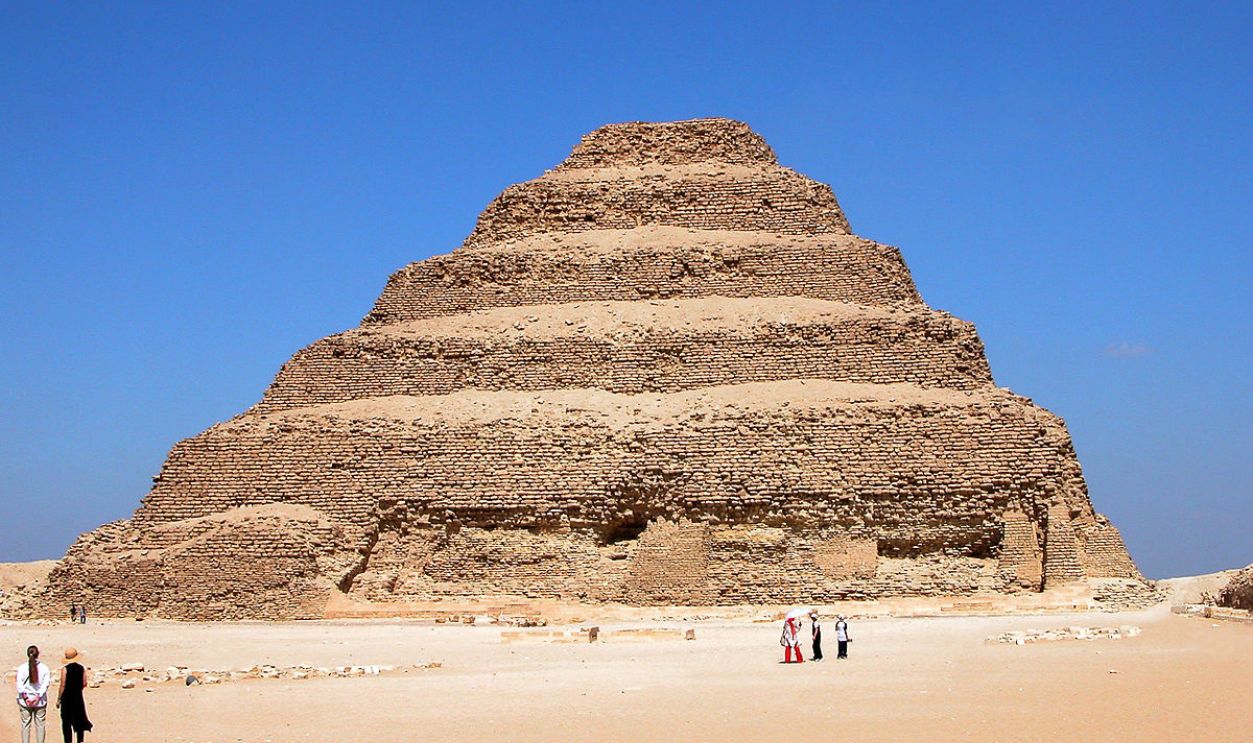 Dennis G. Jarvis, CC BY-SA 2.0, Wikimedia Commons
Dennis G. Jarvis, CC BY-SA 2.0, Wikimedia Commons
Since The Old Kingdom
Research suggests that this tomb was built during the Old Kingdom, particularly during the Sixth Dynasty. Although some pyramids were built during this period, they aren't as well preserved as the famous ones found in Giza.
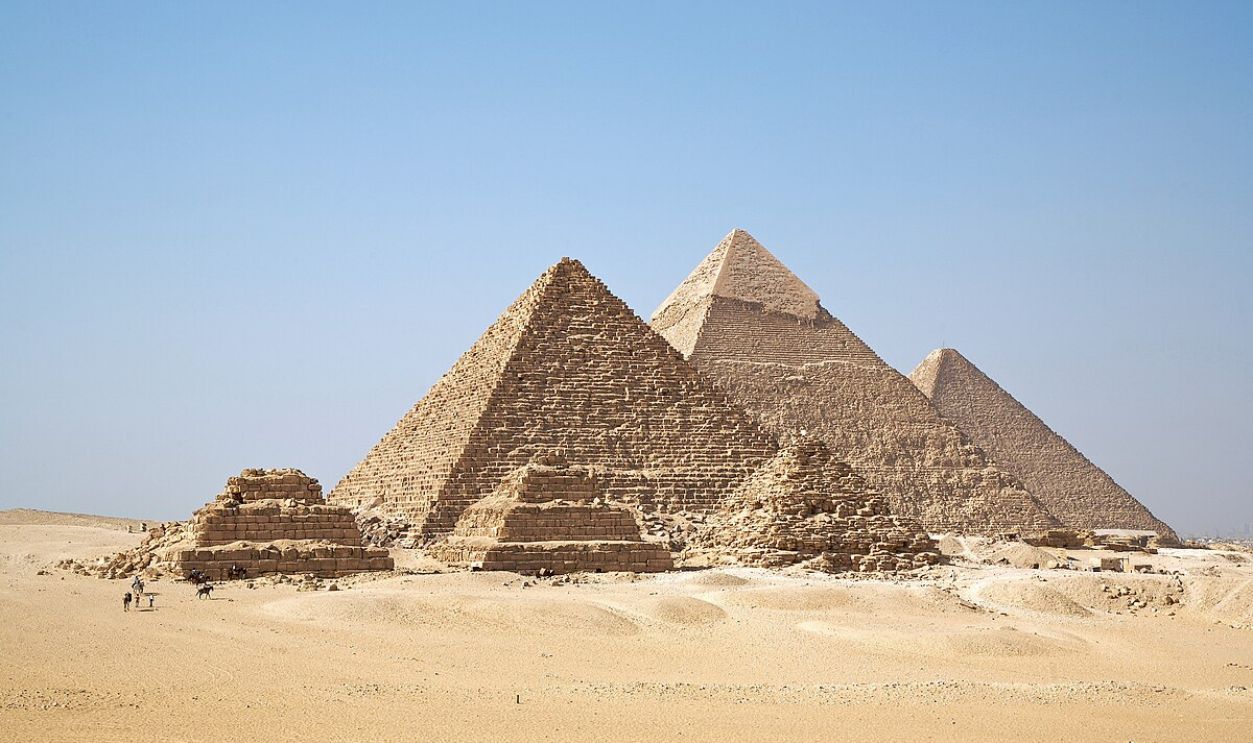 Ricardo Liberato, CC BY-SA 2.0, Wikimedia Commons
Ricardo Liberato, CC BY-SA 2.0, Wikimedia Commons
With Unbelievable Findings
However, kings of this dynasty were the first to decorate their tombs with the sacred Pyramid Texts. These were the earliest Ancient Egyptian funerary texts, and they were mainly written in the form of spells to help the deceased during their journey into the afterlife.
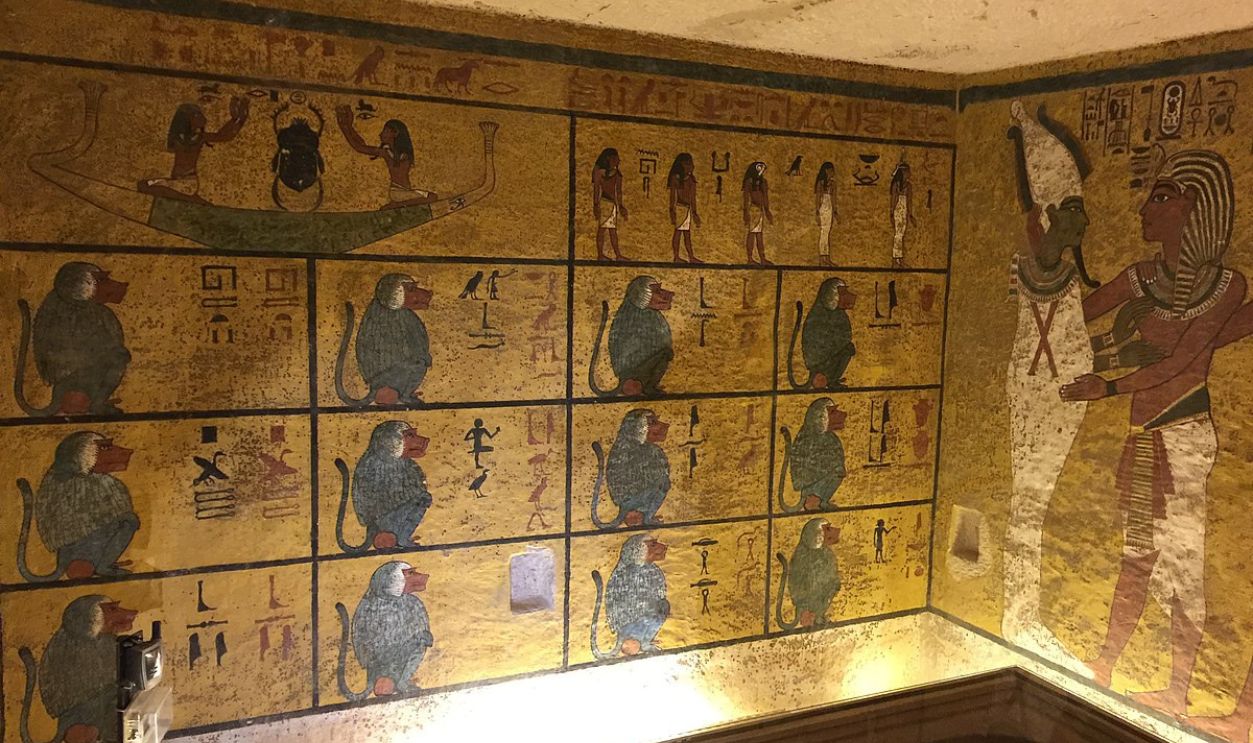 EditorfromMars, CC BY-SA 4.0, Wikimedia Commons
EditorfromMars, CC BY-SA 4.0, Wikimedia Commons
Recent Discoveries Adding To Its Charm
Tetinebefou's tomb and its inscriptions confirm physicians used surgical tools and herbal remedies, some of which influenced later Greek and Roman medicine, according to Live Science. These discoveries refine our understanding of early healthcare and the blend of science and spirituality in healing.
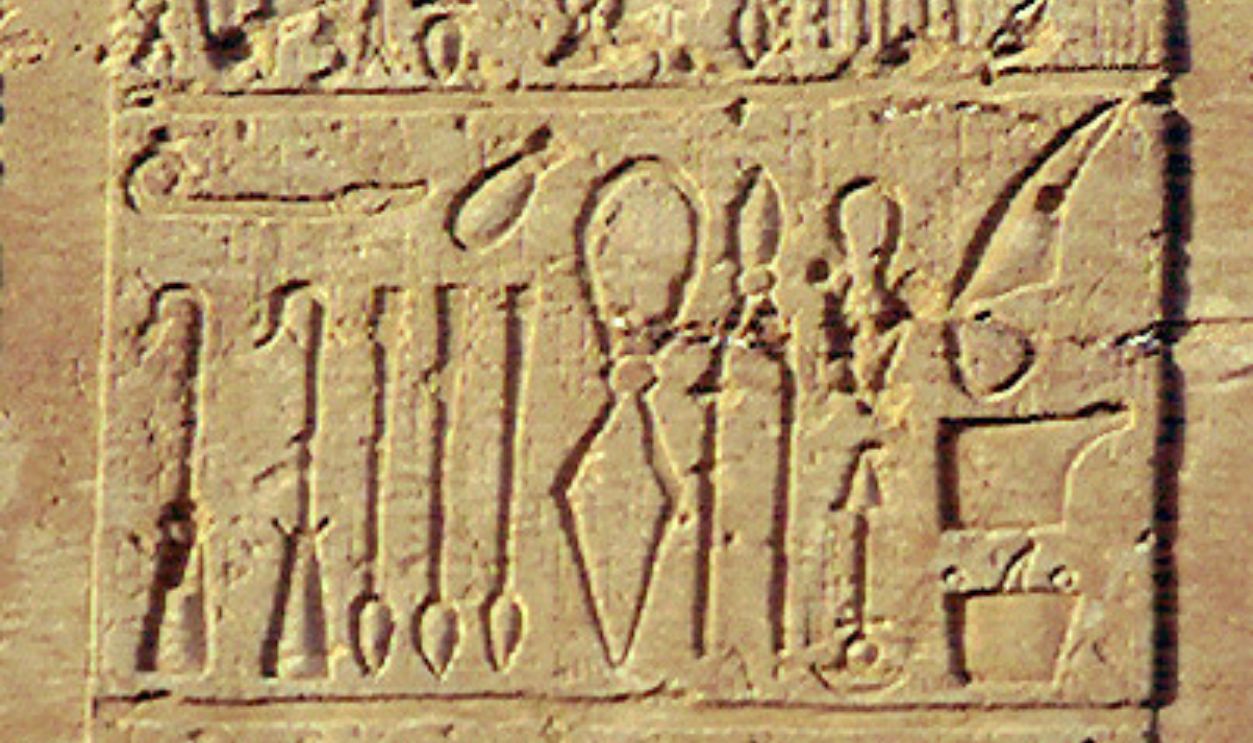 Jeff Dahl, CC BY-SA 3.0, Wikimedia Commons
Jeff Dahl, CC BY-SA 3.0, Wikimedia Commons
And Future Prospects
Saqqara continues to be a hotspot for groundbreaking discoveries. Archaeologists believe more tombs of high-ranking officials remain undiscovered beneath the sands. Future excavations, aided by modern technology, could reveal new details about medicine, religious practices, and daily life in ancient Egypt.
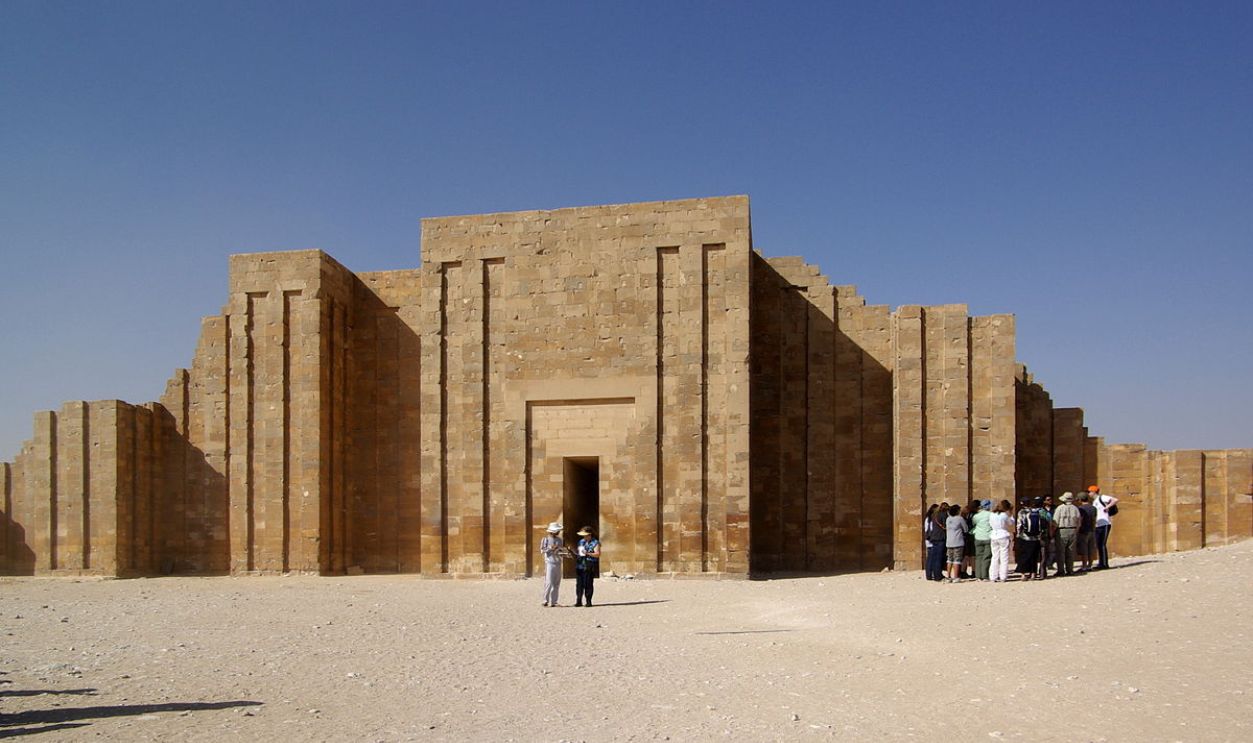 Berthold Werner, CC BY 3.0, Wikimedia Commons
Berthold Werner, CC BY 3.0, Wikimedia Commons
With Massive Public Interest
High-profile discoveries often generate worldwide media attention, sparking public interest in ancient history. Headlines about newly unearthed tombs or well-preserved artifacts fuel curiosity and even inspire tourism. However, media sensationalism can sometimes distort facts.
Which Necessitates Ethical Considerations
Digging up ancient tombs raises ethical concerns, as these were sacred burial sites. While scientific research is invaluable, archaeologists must balance their work with respect for cultural heritage. Many discoveries now involve collaboration with local communities and authorities to ensure artifacts are preserved responsibly.
Thanks To International Collaboration
Experts from different countries contribute specialized knowledge, whether in conservation, genetic analysis, or digital mapping. As a result, collaborative efforts between Egyptian authorities and foreign institutions have led to major breakthroughs to ensure discoveries are properly studied and preserved.
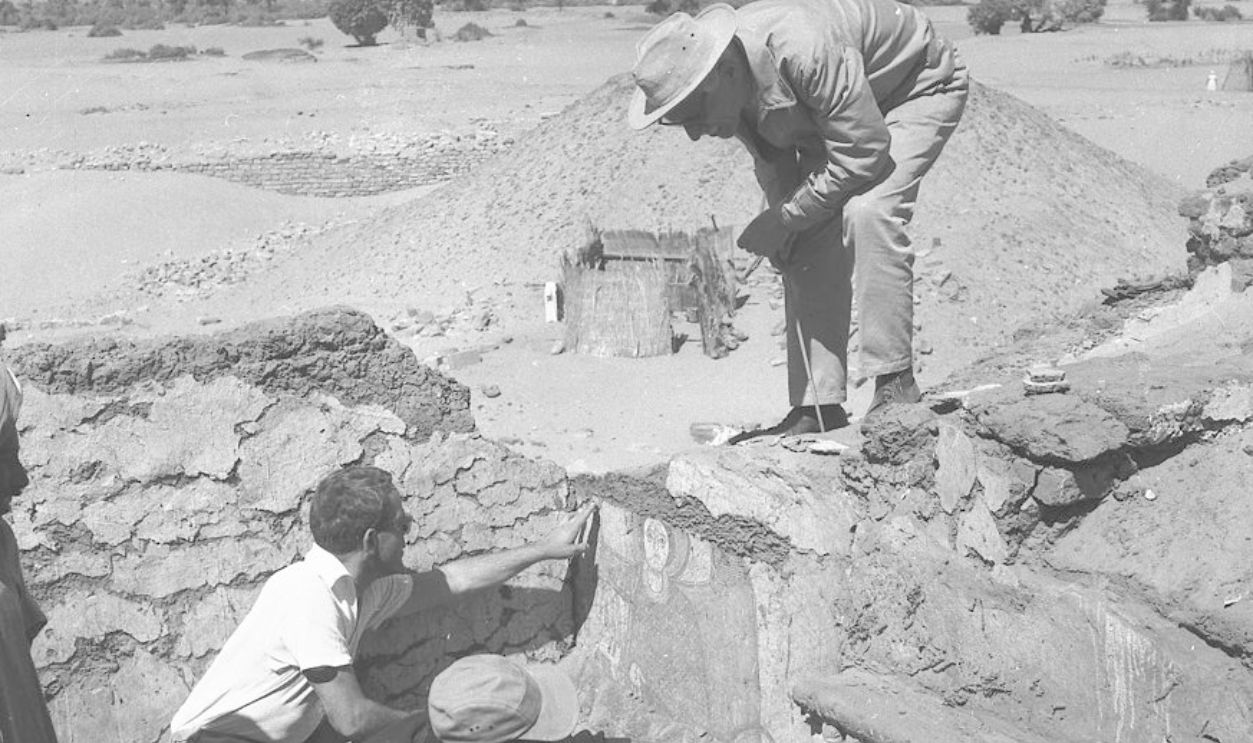 National Museum in Warsaw, CC BY-SA 3.0 PL, Wikimedia Commons
National Museum in Warsaw, CC BY-SA 3.0 PL, Wikimedia Commons
That Prioritizes Conservation Efforts
Exposure to air, light, and humidity can cause the deterioration of newly found artifacts. Researchers use advanced techniques, like climate-controlled storage and digital documentation, to protect fragile relics. Ongoing efforts ensure these pieces of history remain intact for future generations, according to Greek Reporter.
 Kreuzschnabel, CC BY-SA 3.0, Wikimedia Commons
Kreuzschnabel, CC BY-SA 3.0, Wikimedia Commons

